Whether you're a first-time homeowner renovating your bathroom or a seasoned remodeler renovating a long-established home, the question of "what bathtub material to buy" will inevitably arise. Walk into a home improvement store and you'll be greeted by a dazzling array of bathtubs, from cast iron to engineered stone to acrylic, each touted as the "ideal choice." But today, we'll focus on just one type: the acrylic tub.
It looks modern, offers a variety of shapes, is lightweight and easy to install, and is affordable. However, you may have heard rumours about it being "easy to scratch," "yellowing with age," and "not heat-resistant." So, are acrylic bathtubs worth the investment? This article, from a consumer's perspective, deconstructs the truth you won't see on promotional labels.
1. What is an acrylic bathtub?
"Acrylic" sounds like some plastic, and many people immediately think it's not premium. But its scientific name is polymethyl methacrylate (PMMA), a material commonly found in high-end lamps, car taillights, and even aircraft windows. When used in bathtubs, acrylic is typically first softened by heating, then formed through a mould and vacuum-formed. Finally, a fibreglass layer or resin reinforcement is added to the back.
This means acrylic bathtubs have a smooth, glossy exterior and a lightweight, sturdy interior. While not the most durable material, its flexibility and processing options are unmatched by other materials.
2. Why are acrylic bathtubs so popular in the US market?
Many American families choose acrylic because it strikes a perfect balance between practicality and aesthetics.
Friendly for older homes: In homes with limited floor support, lightweight bathtubs can avoid structural strain.
Various options: From standard rectangular shapes to stylish freestanding oval shapes, a wide range of styles is available.
Budget-friendly: Highly cost-effective, especially suitable for first-time renovations or rental property renovations.
Easy to install: A two-person team can easily install without the need for lifting equipment or reinforced flooring.
These advantages have made acrylic a strong seller in every state in the US, finding its niche in design-conscious markets like California as well as in practical homes in the heart of the country.
3. Let's discuss its advantages.
Acrylic bathtubs aren't a "second-rate substitute." On the contrary, they far surpass other materials in many respects. Here are some practical advantages you might not have noticed:
① Surprisingly good heat retention. Although not a double-walled metal structure, acrylic inherently insulates. A tub of hot water retains warmth for a considerable period, without dissipating heat as quickly as metal. Looking for a comfortable, hot bath? An acrylic bathtub will satisfy.
② Comfortable feel is a hidden bonus. Many people focus solely on its shiny appearance, but overlook the fact that acrylic is truly comfortable to the touch. It's neither cold like cast iron nor hard like porcelain. It's exceptionally user-friendly for children and older people.
③ Easy to clean and maintain. As long as you don't rub it with steel wool, wipe it with a regular bathroom cleaning spray and sponge to keep it clean. Dirt and mould are less likely to grow.
④ Large customisation space, perfect for those who appreciate design.
Do you prefer modern minimalism? Or a sleek European style? Acrylic can be moulded into virtually any shape. This is crucial in your bathroom design.

4. Be aware before purchasing.
After the good news, it's time to get real. While acrylic bathtubs offer many advantages, some issues can affect the user experience, especially if they're chosen improperly or poorly maintained.
① Scratches are a real problem.
Any accidental contact with metal or cleaning with a stiff brush can leave scratches on the surface. While minor scratches can be repaired with polishing, it also means you need to be more careful with your use.
② Yellowing with age: Sun protection and frequent cleaning are essential.
If your bathroom is exposed to strong sunlight, direct UV rays for extended periods, and you don't clean it regularly, you may notice yellowing in your bathtub after a few years. This isn't dirt; it's the ageing of the material.
③ Not suitable for heavy use due to its weight-bearing capacity.
It's not cast iron, so it's not suitable for extreme jumping in and out or two-person bathing. Although reputable brands have reinforced structures, gentle use is still recommended.
5. How to determine if an acrylic bathtub is suitable for your home?
Before purchasing, consider the following factors:
Ø Is your home high up? A lighter structure is safer.
Ø Is your bathroom large? Acrylic can be made in a variety of sizes, making it very flexible.
Ø Do you enjoy frequent baths? It provides sound insulation and comfort.
Ø Are you on a budget? Compared to cast iron and engineered stone, acrylic is more cost-effective.
Ø Can it be maintained regularly? With regular cleaning, it will last a long time.
If you can answer "yes" to any of these questions, acrylic may be the ideal choice for you.
6. How to choose a reliable acrylic bathtub?
If you decide to go with acrylic, the following tips will help you avoid pitfalls:
Please don't make the panel too thin: A bathtub that's too light may seem convenient, but it can be flimsy once you use it. High-quality products generally have a panel thickness of at least 6mm.
The base structure must be sturdy: It must have bracket support and fibreglass reinforcement. Don't be tempted by low prices.
Don't skimp on brand and customer service: In the US market, established brands like Kohler, MAAX, and Duravit offer guaranteed customer service, but you should verify the reputation of smaller brands.
The design must match your home's style: Don't buy an inappropriate design just for the sake of fashion, only to find it splashing all over the bathroom when it's too late.
Please inquire about the warranty policy: Reputable brands generally offer a 5-10 year warranty. Don't buy without a warranty.
7. Tips for Use and Maintenance
To ensure your acrylic bathtub lasts longer and looks its best, here are a few efficient suggestions:
Don't use boiling water directly: Keep the water temperature below 55 degrees Celsius for better protection against the material.
Regularly use a neutral detergent: Avoid harsh detergents that can damage the surface.
Remember to rinse thoroughly after bathing: Water stains and soap residue left unremoved can cause discolouration over time.
Please don't panic about minor scratches; they can be repaired. Gently rubbing with acrylic polish in circular motions will generally restore the bathtub's glossy finish.
8. Summary: Acrylic isn't the most expensive, but it may be the most suitable.
When it comes to bathtubs, the truth is, "suitability is more important than quality." Not every home needs a stone bathtub costing two or three thousand dollars. Sometimes, an acrylic bathtub between $200 and $800 can meet 95% of your needs.
It may not be the most durable, but it is one of the most flexible, lightweight, and easy-to-maintain options. For American families who prioritise budget, space, style, and minimal maintenance, acrylic is the smart, "just enough" choice.
So, don't be put off by the misconception that it's just plastic, and don't unthinkingly chase after high-end designs based on "fashionable and high-end" advertising slogans. What you need is a bathtub that's easy to use, looks good, and requires minimal maintenance. And acrylic might be the answer.









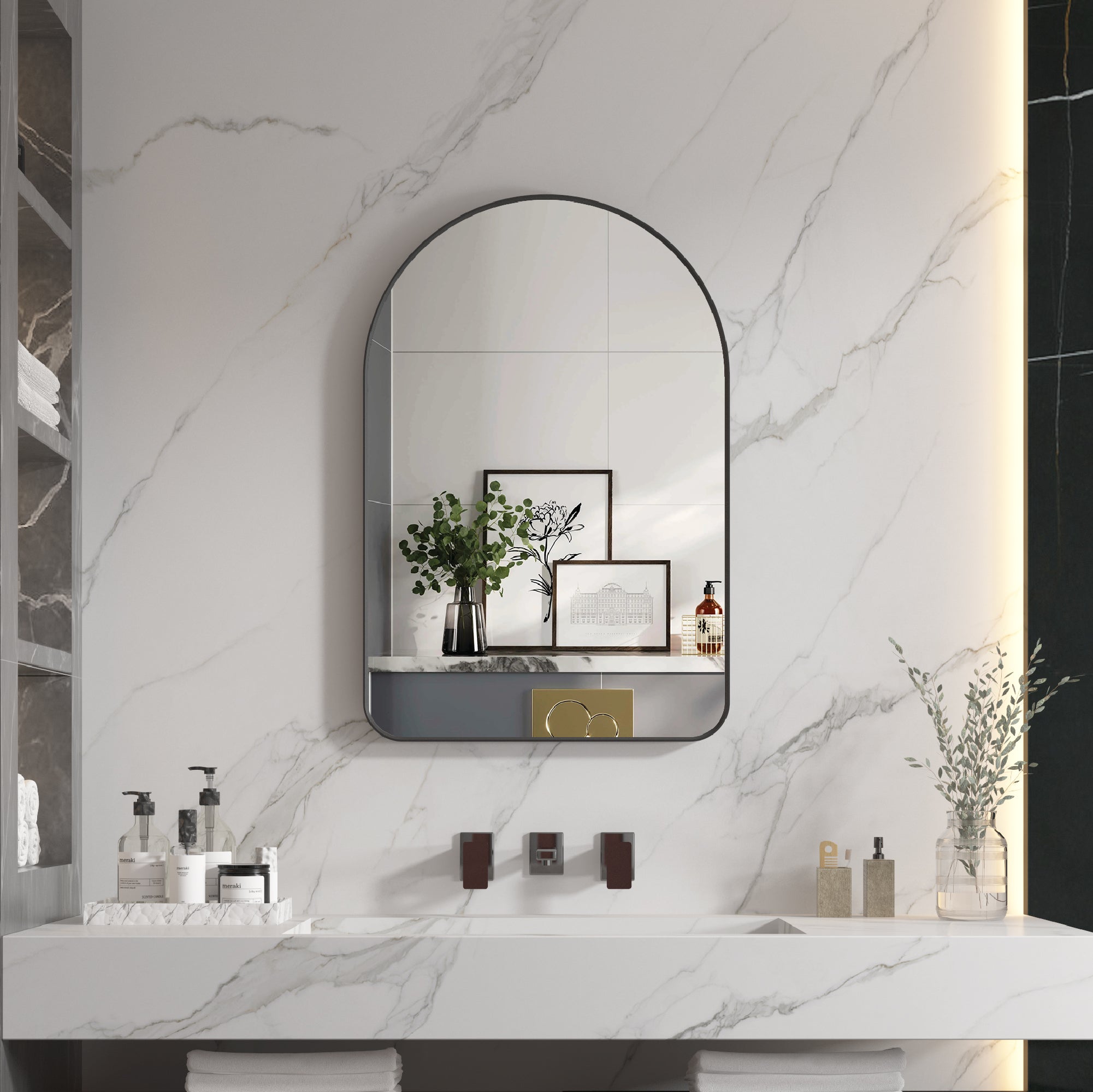

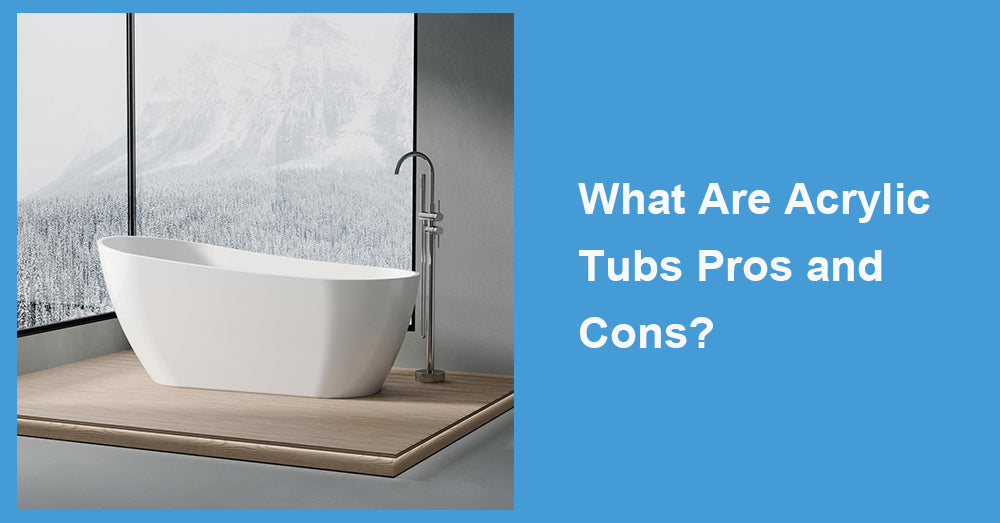
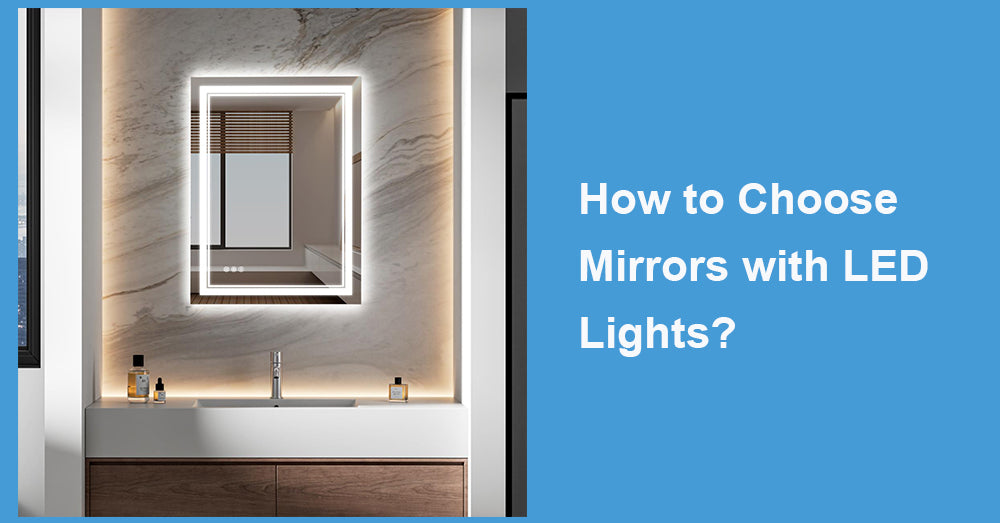
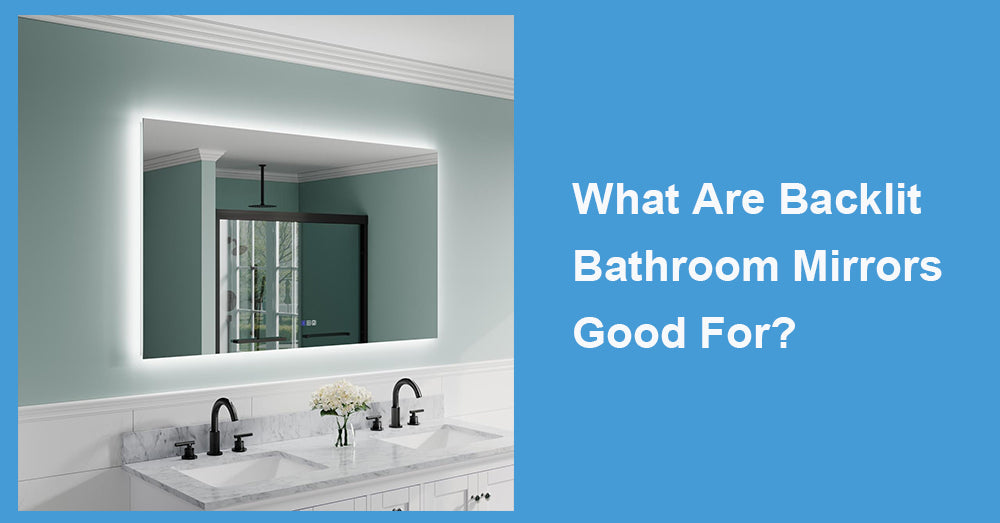
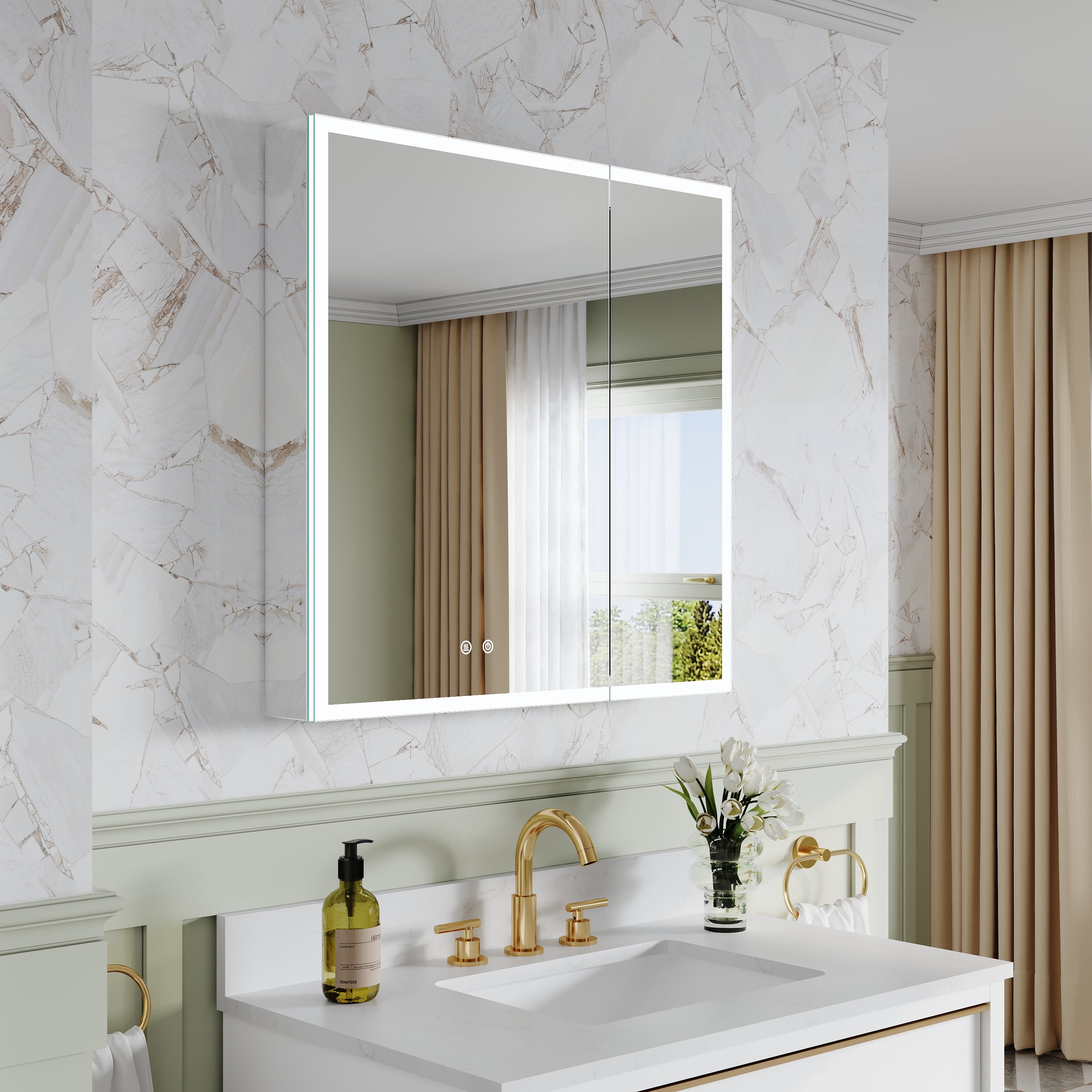
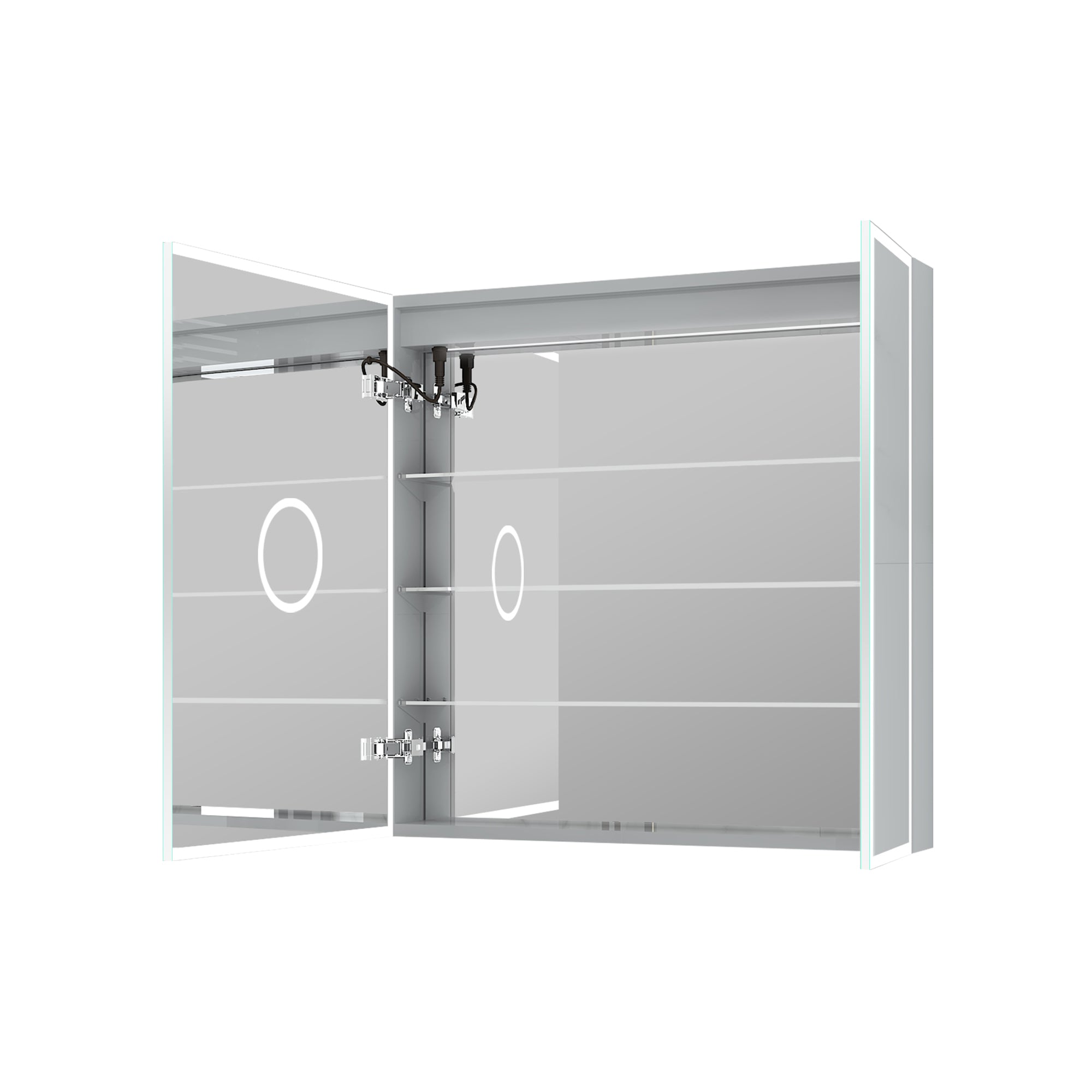
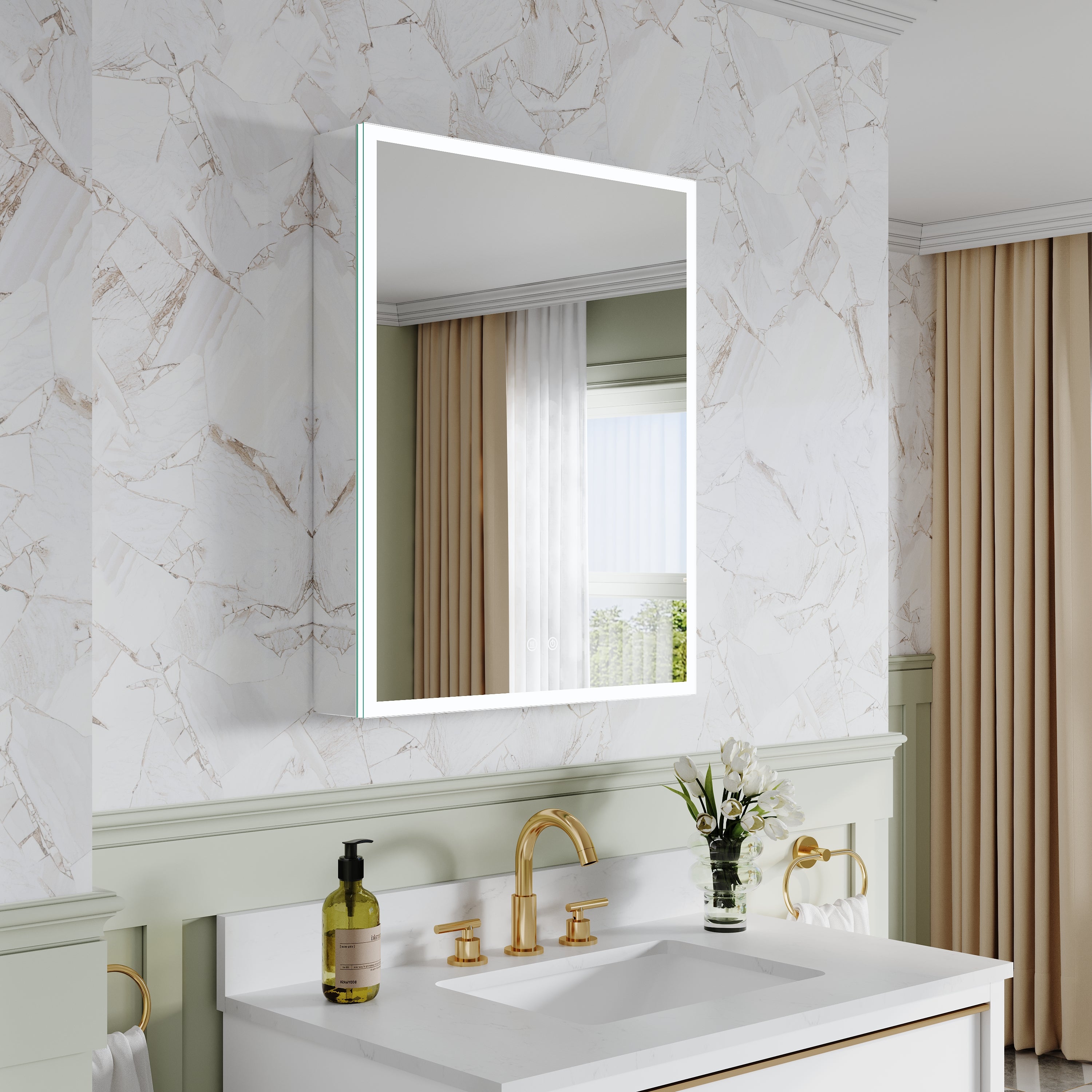
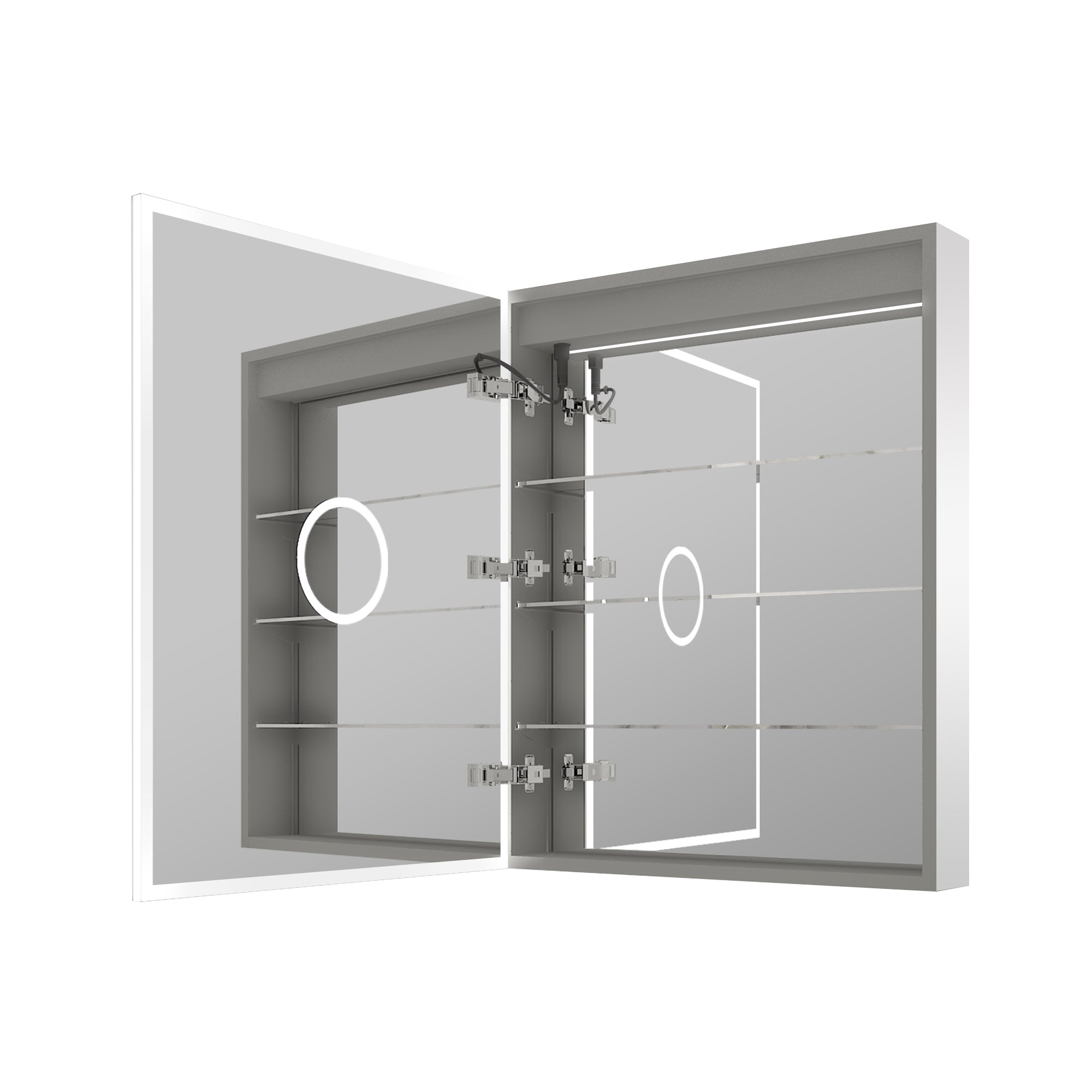

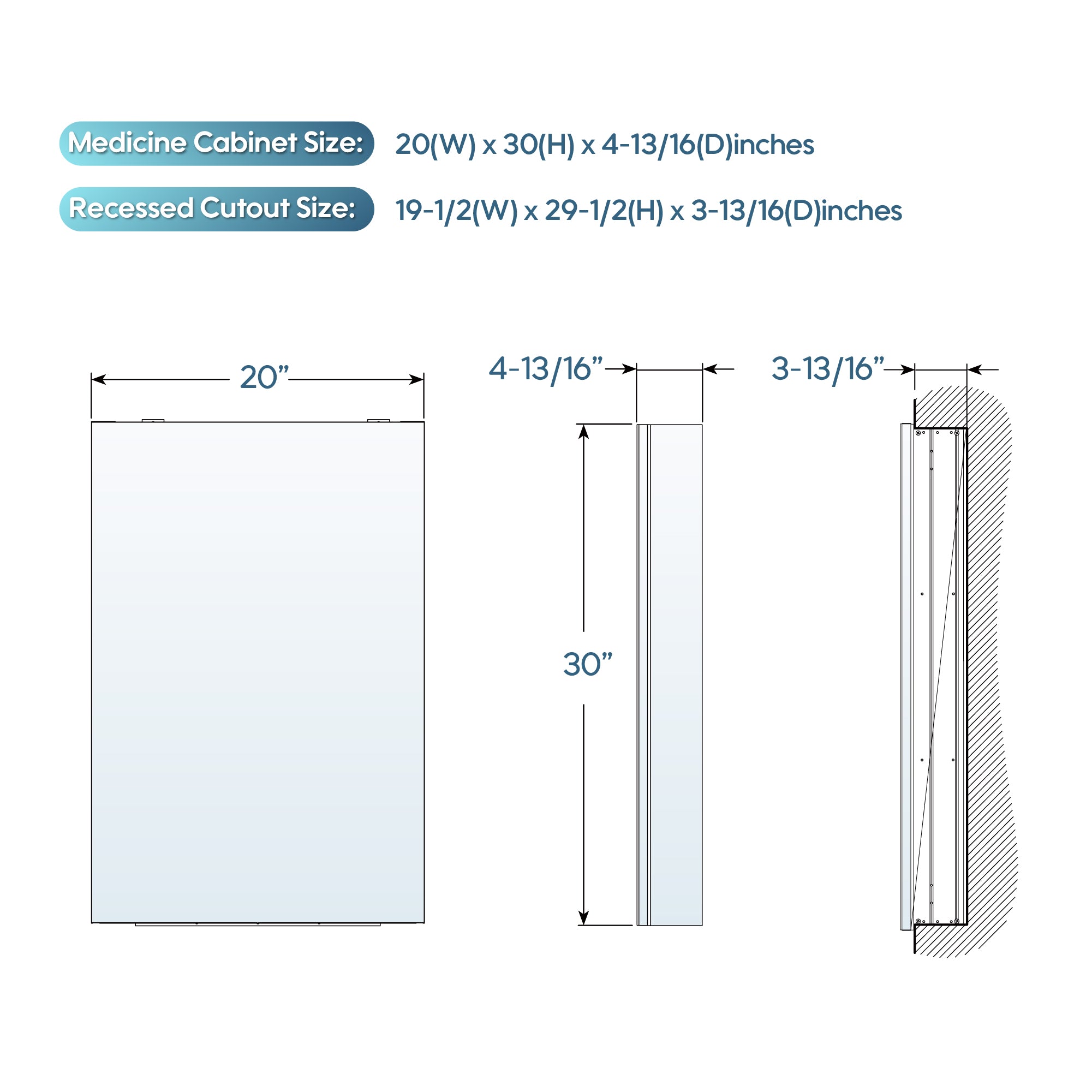
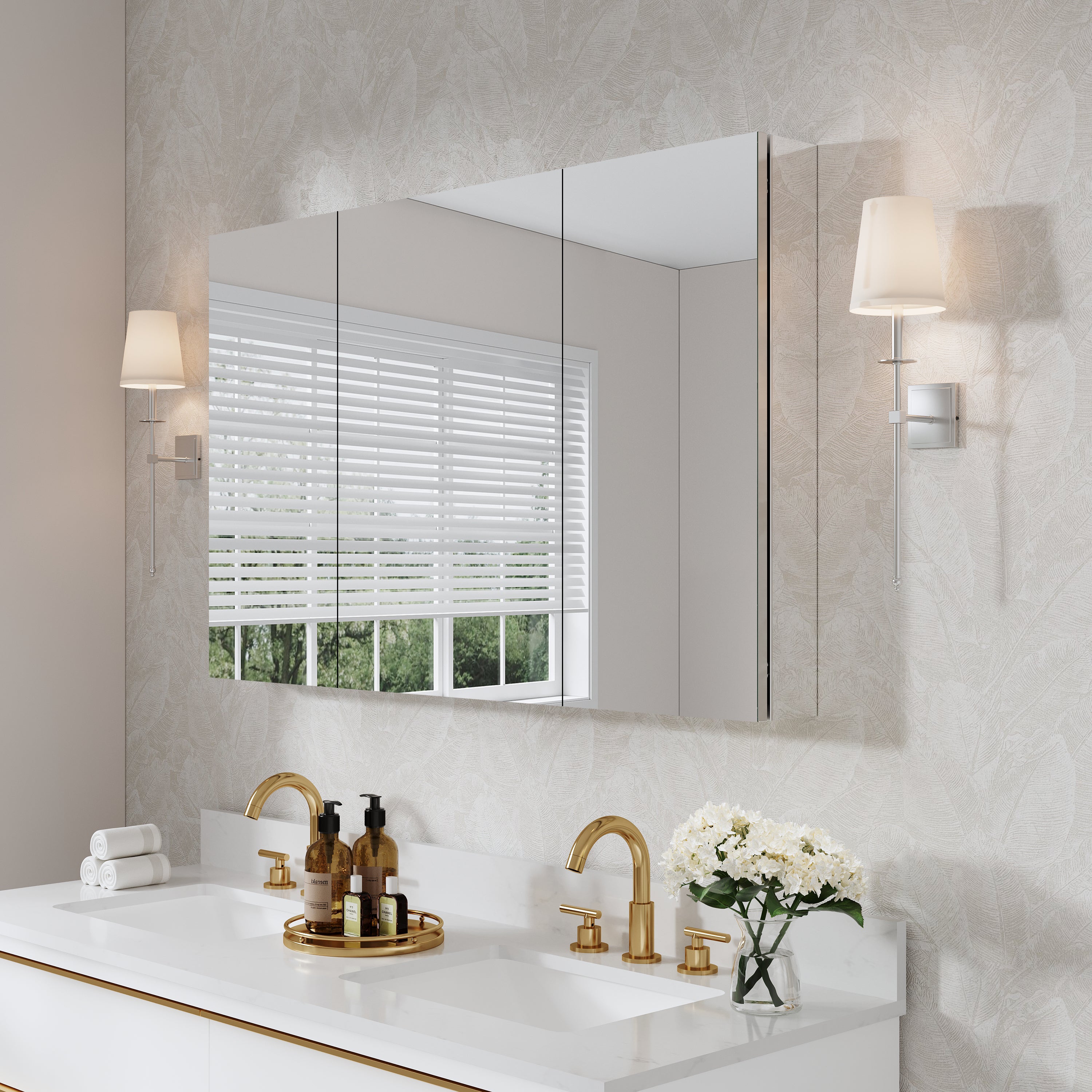
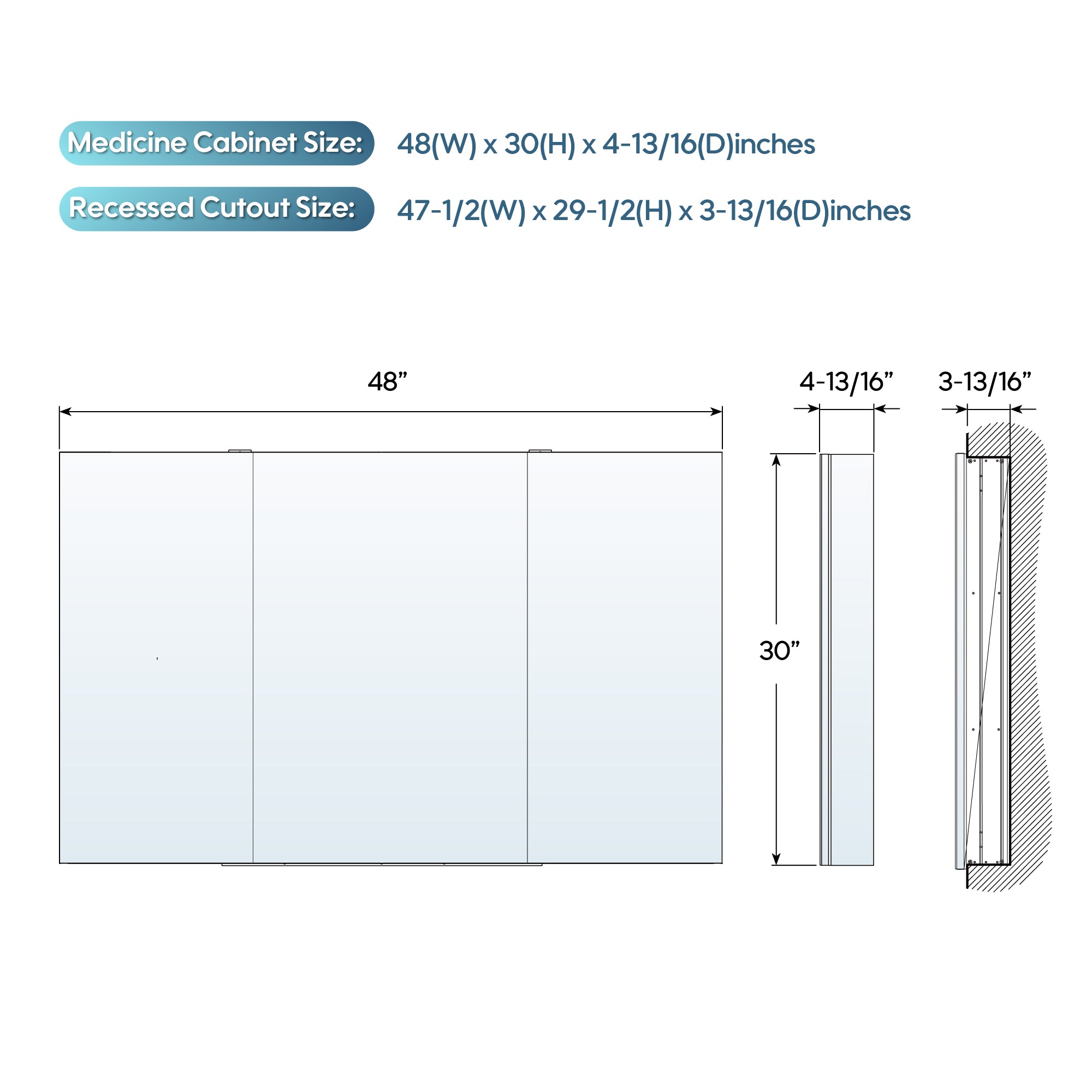
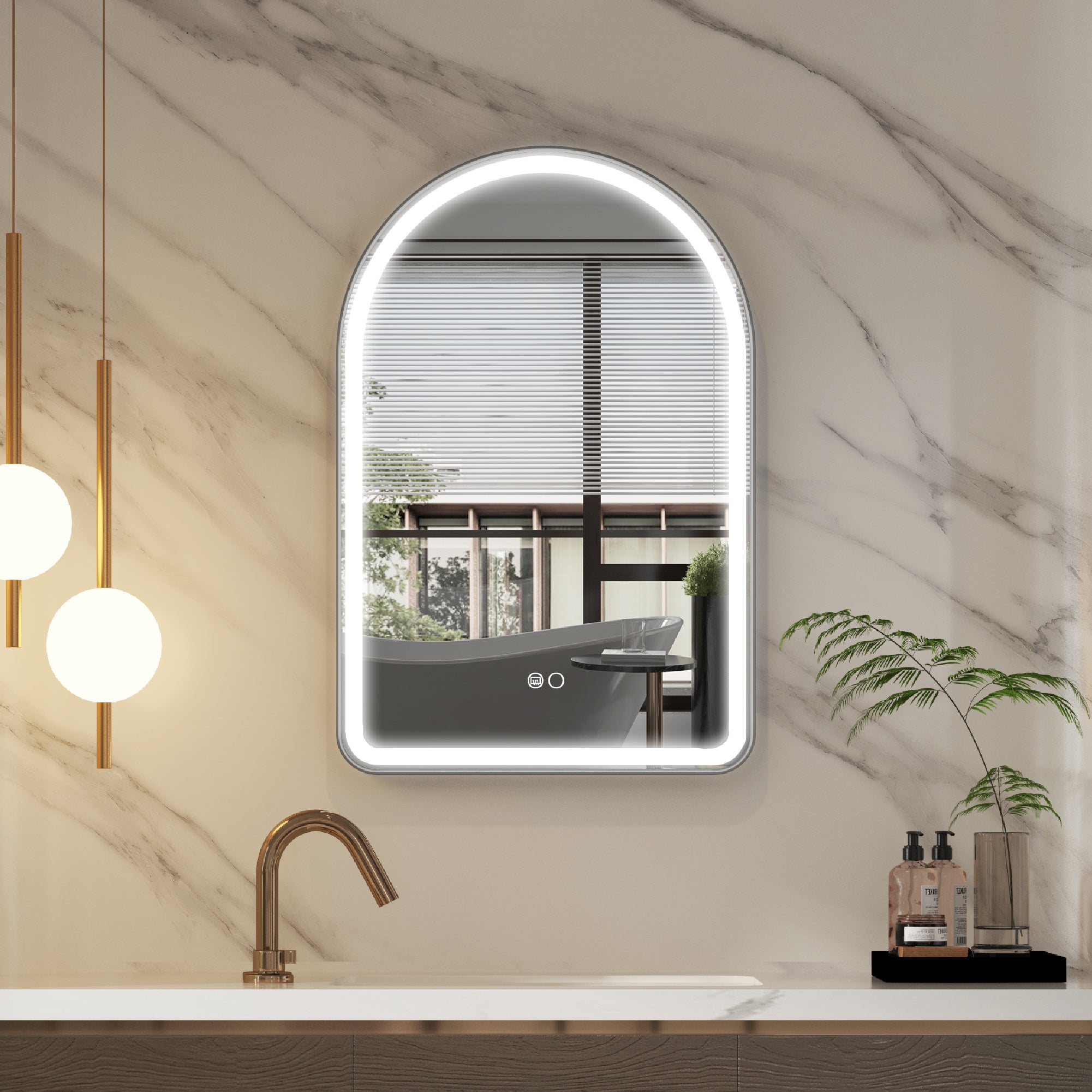
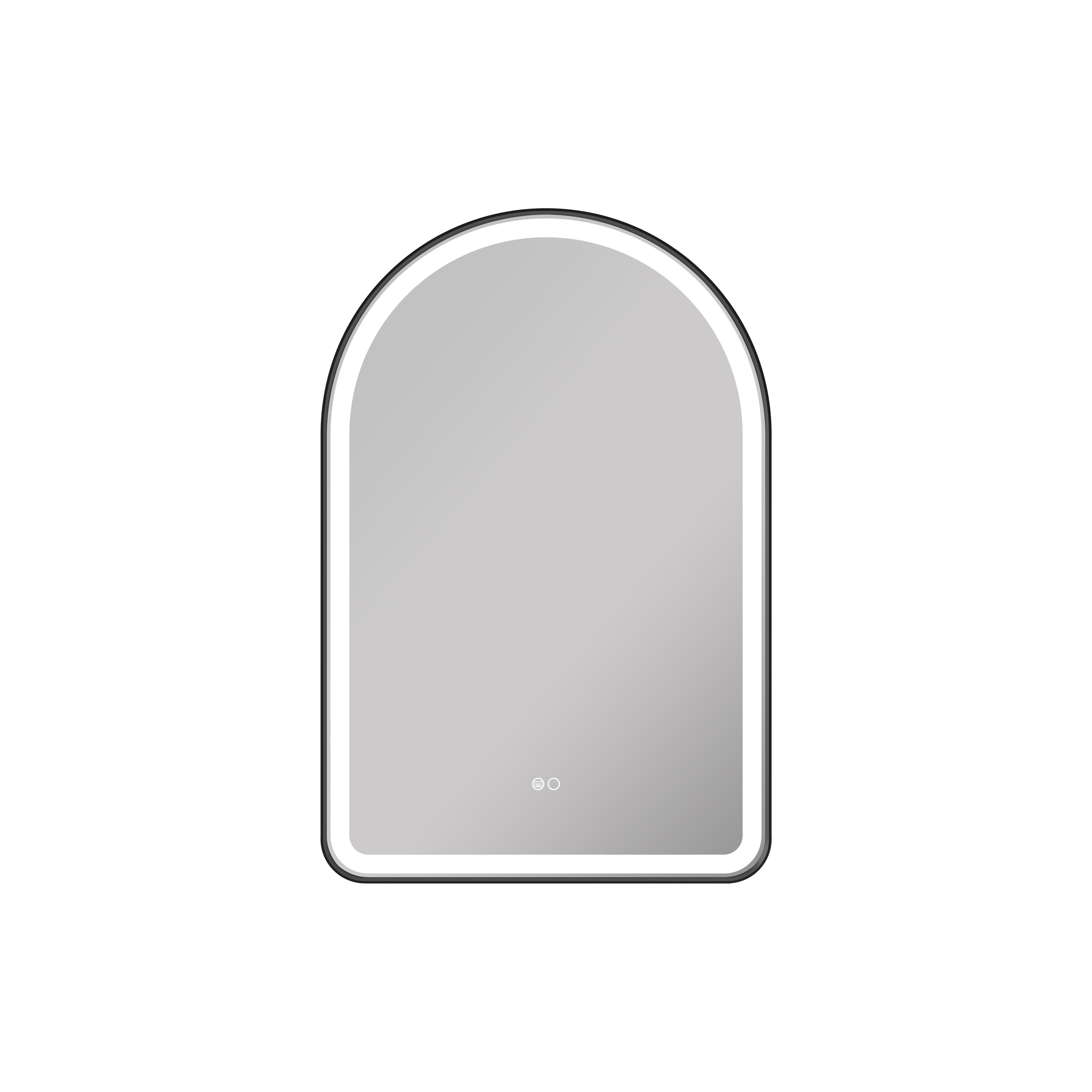
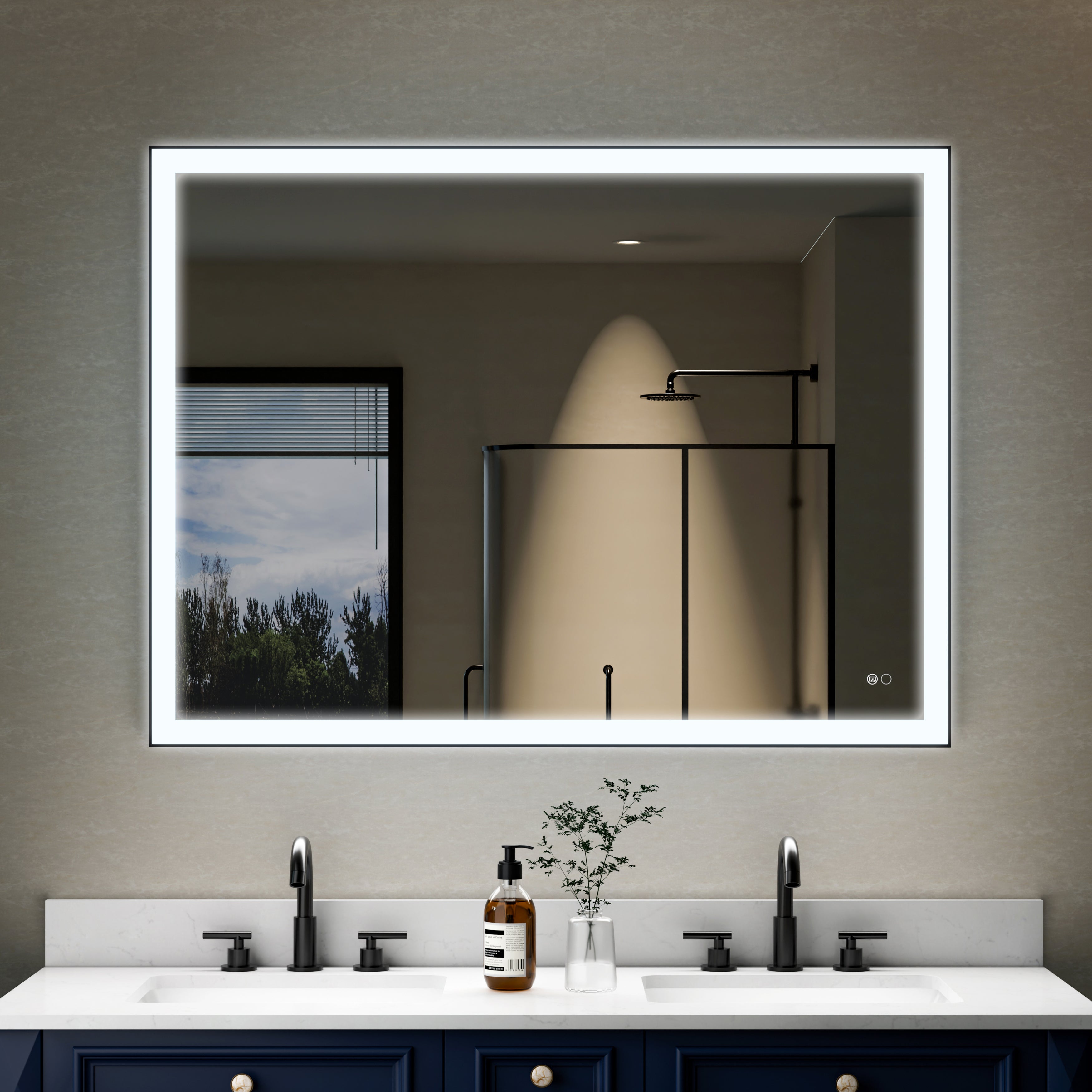
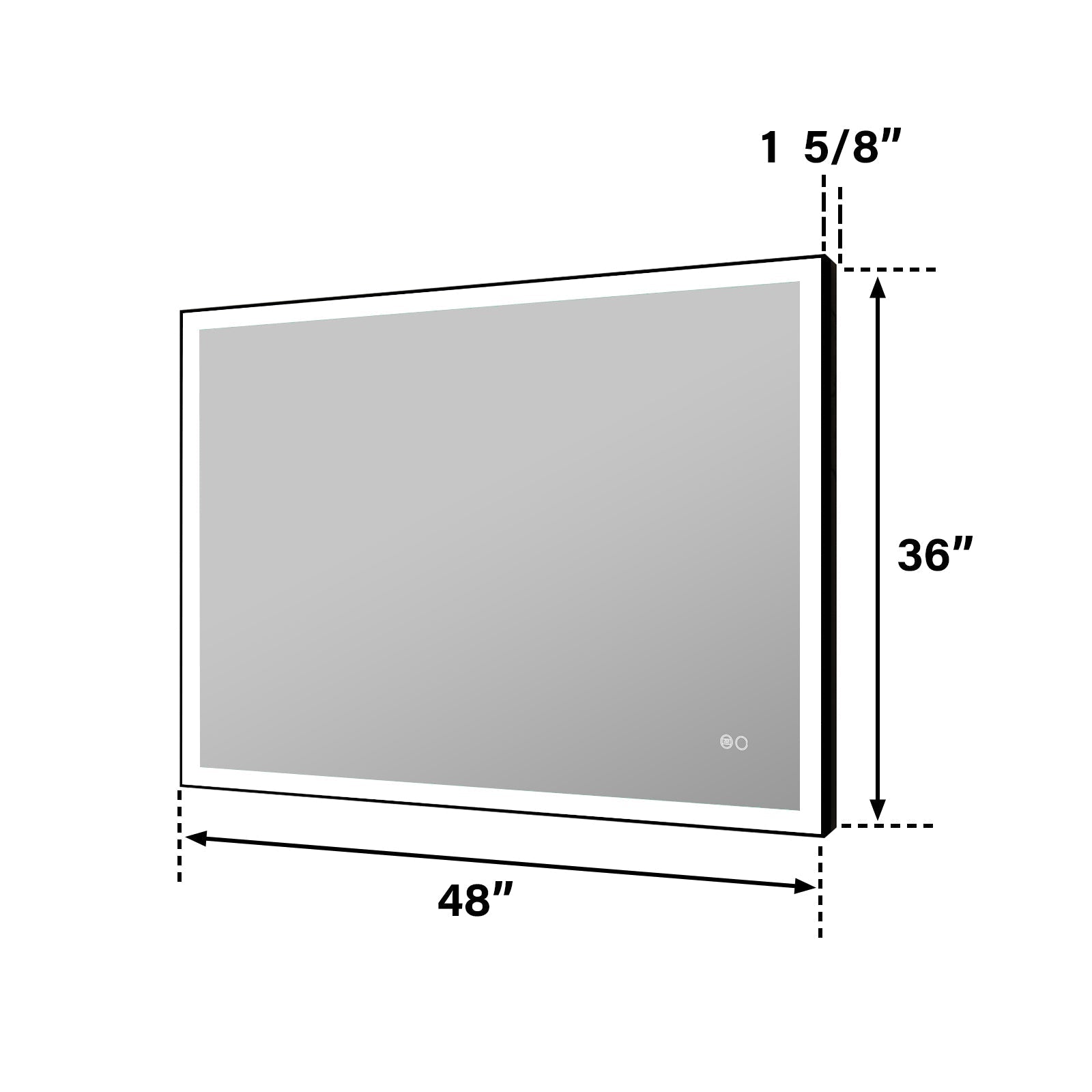
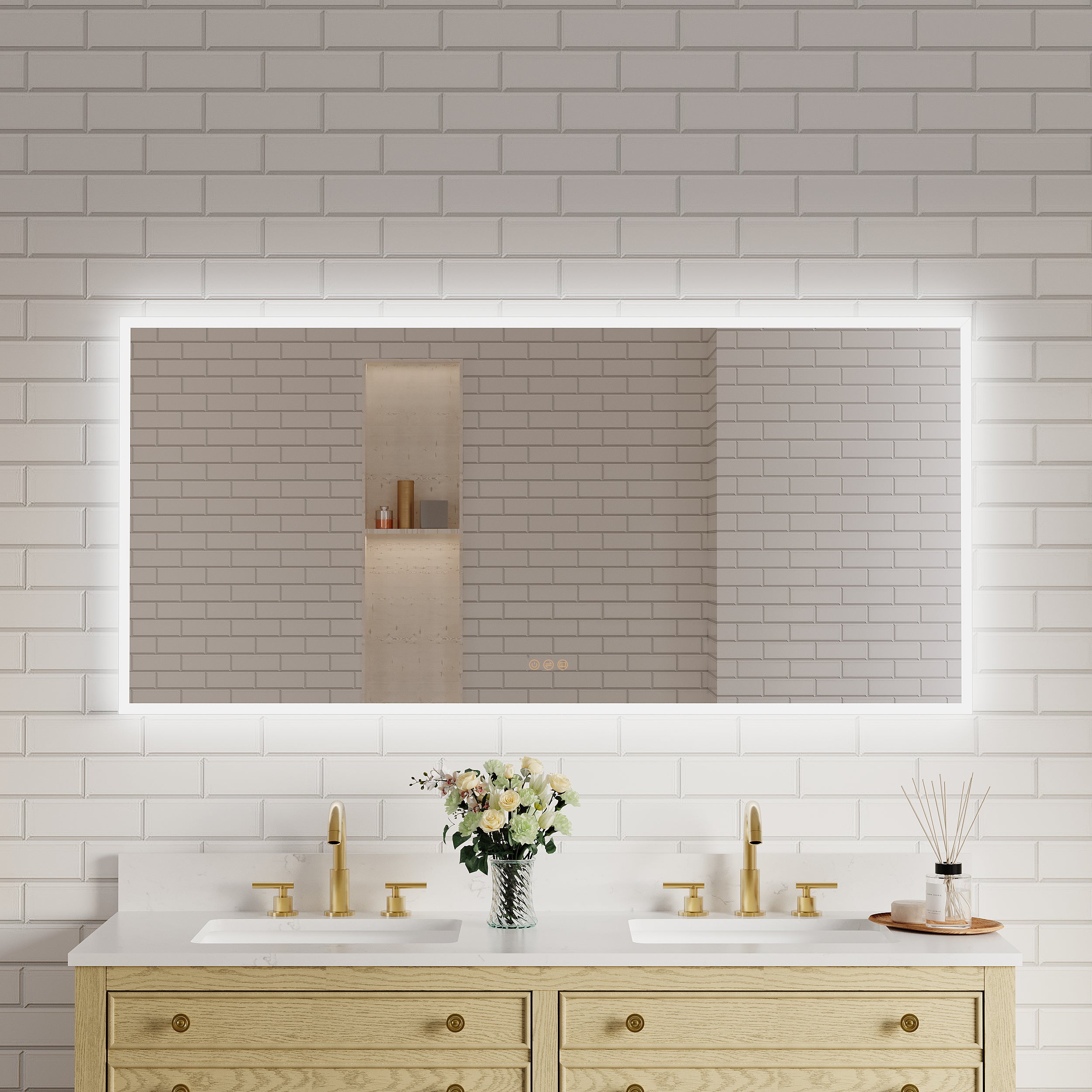

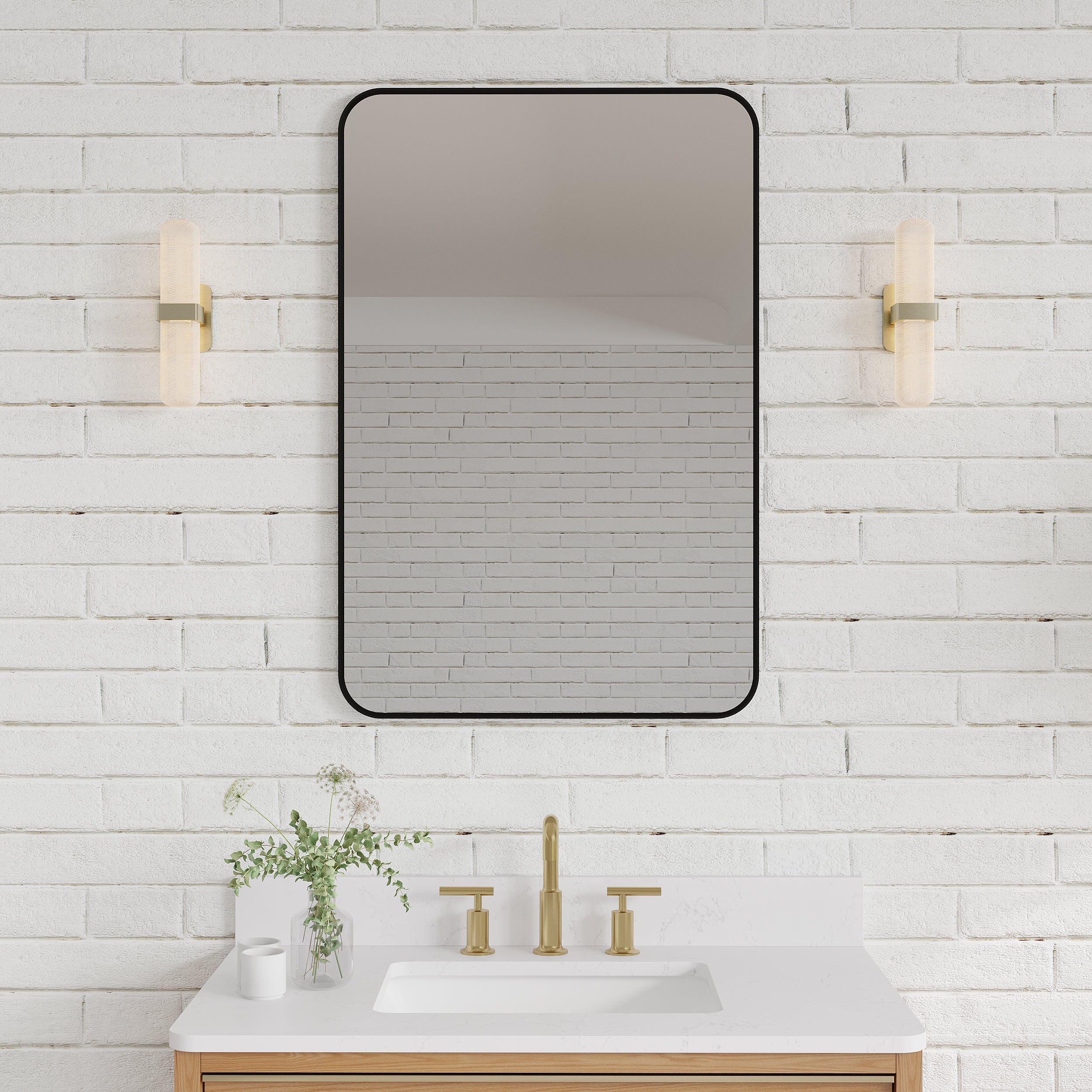

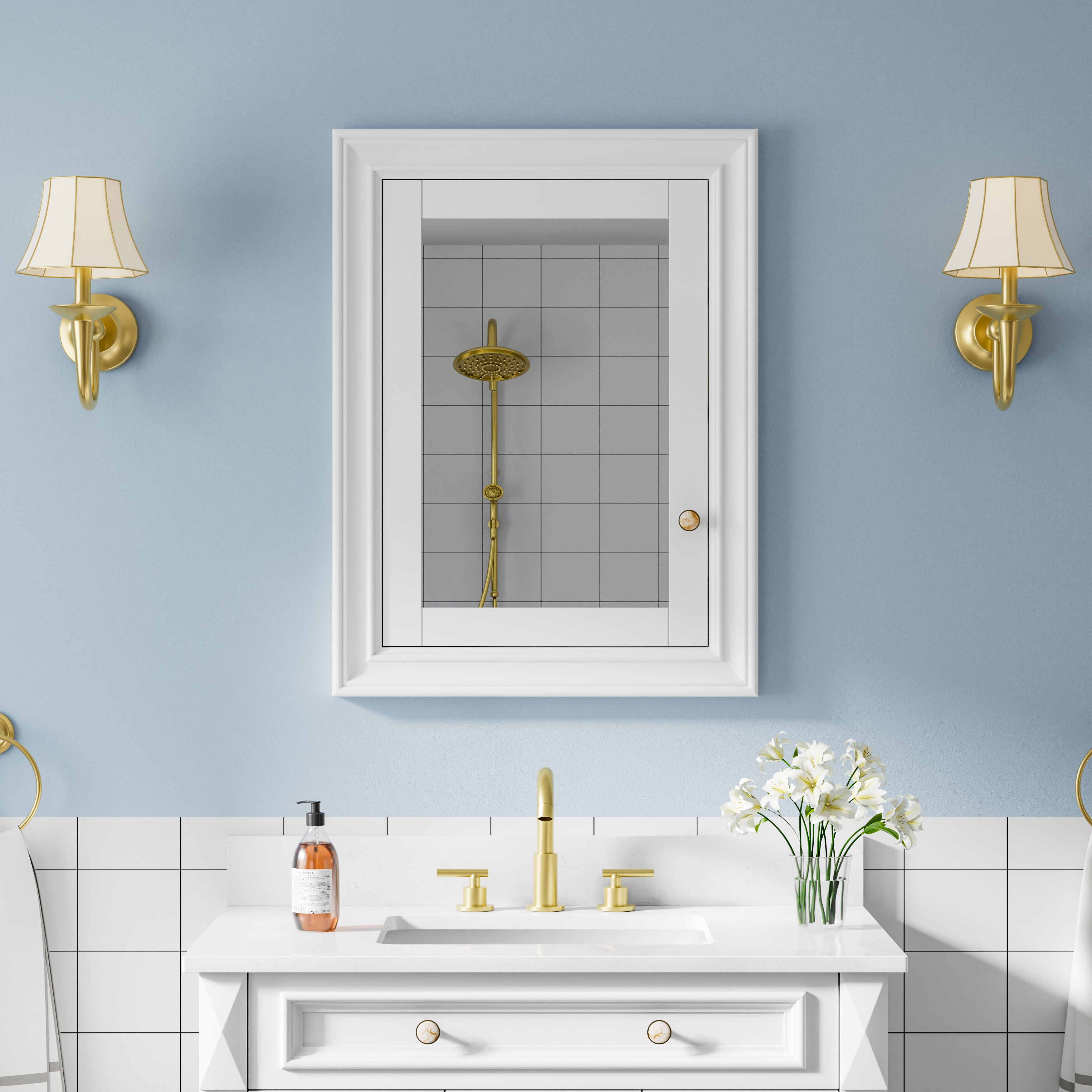
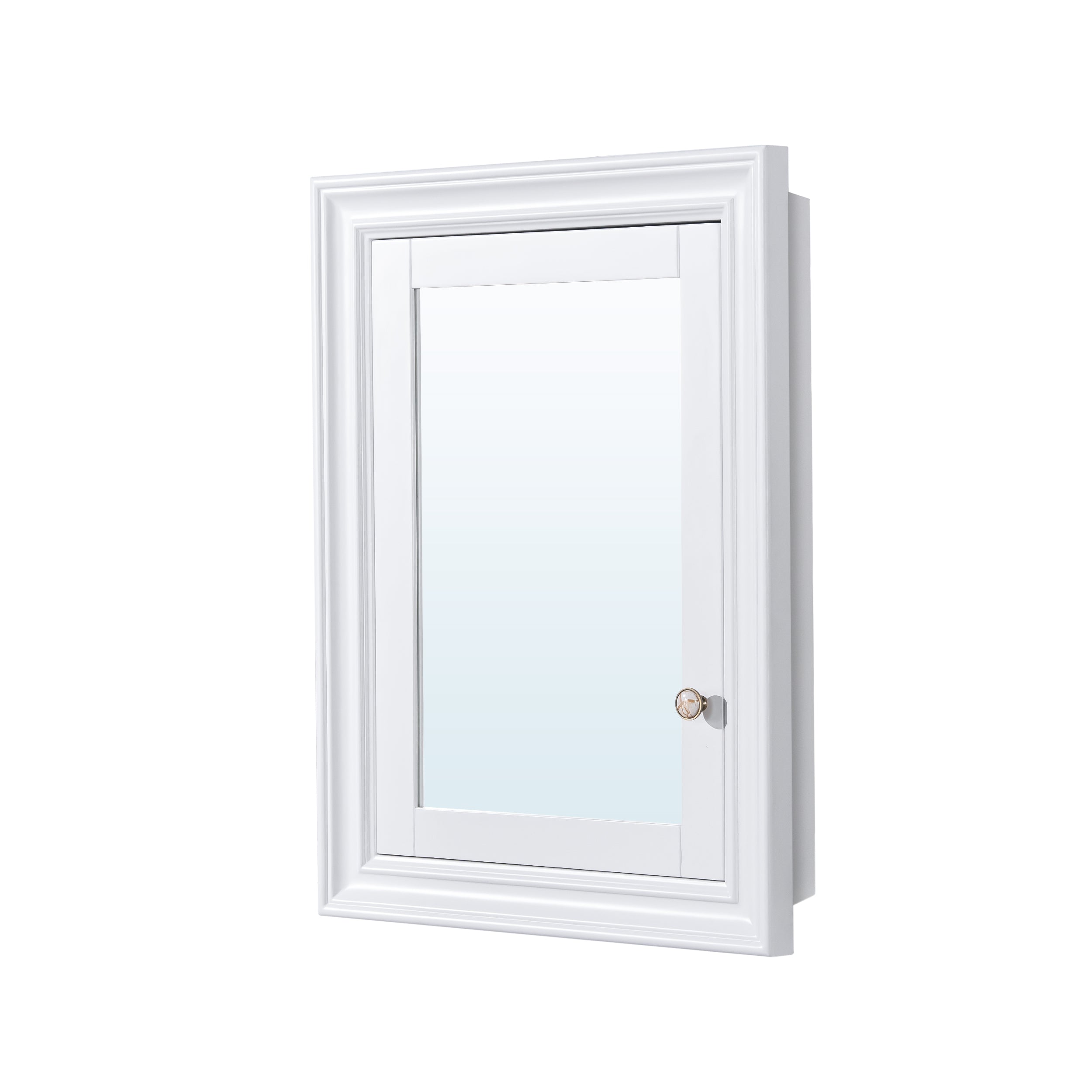
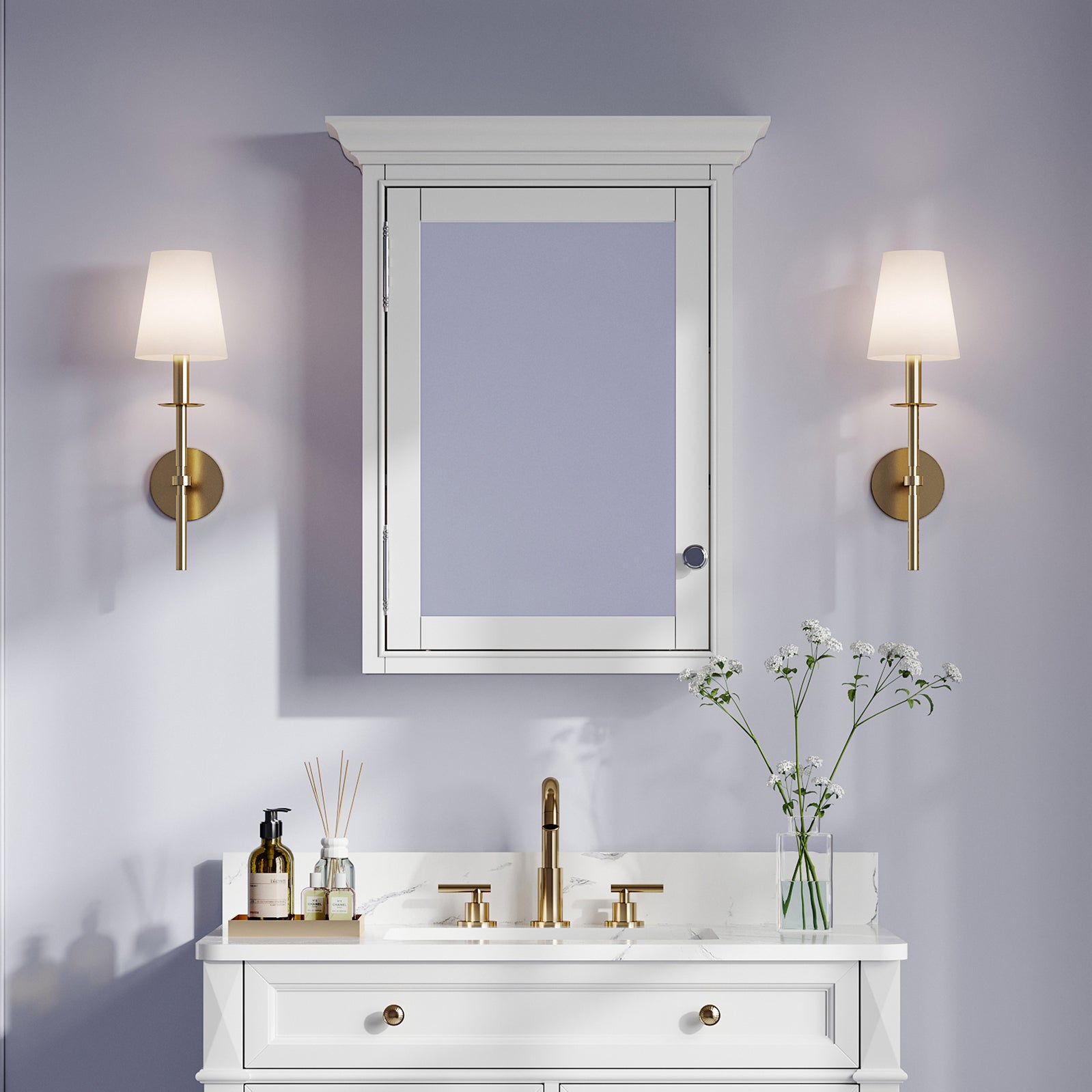

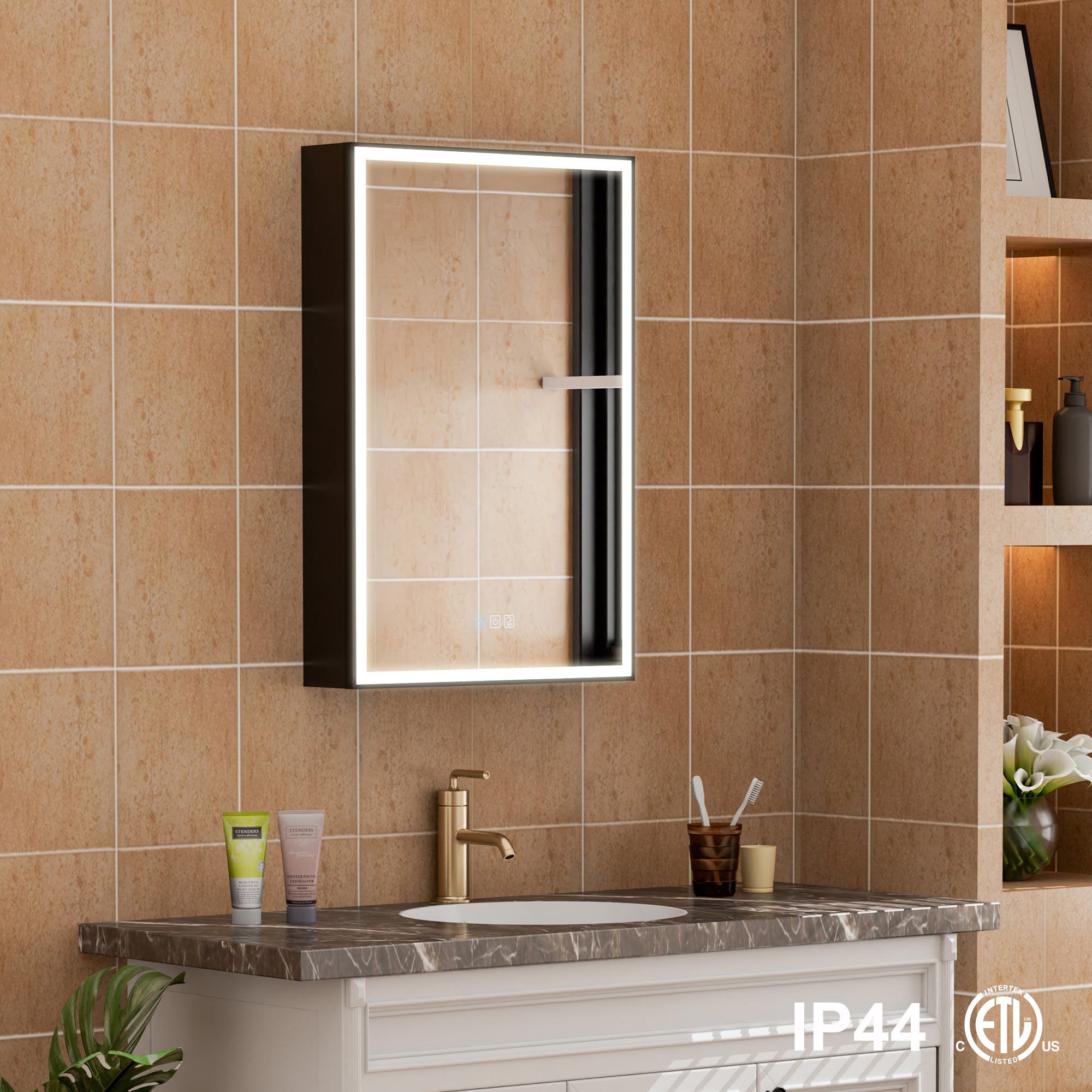
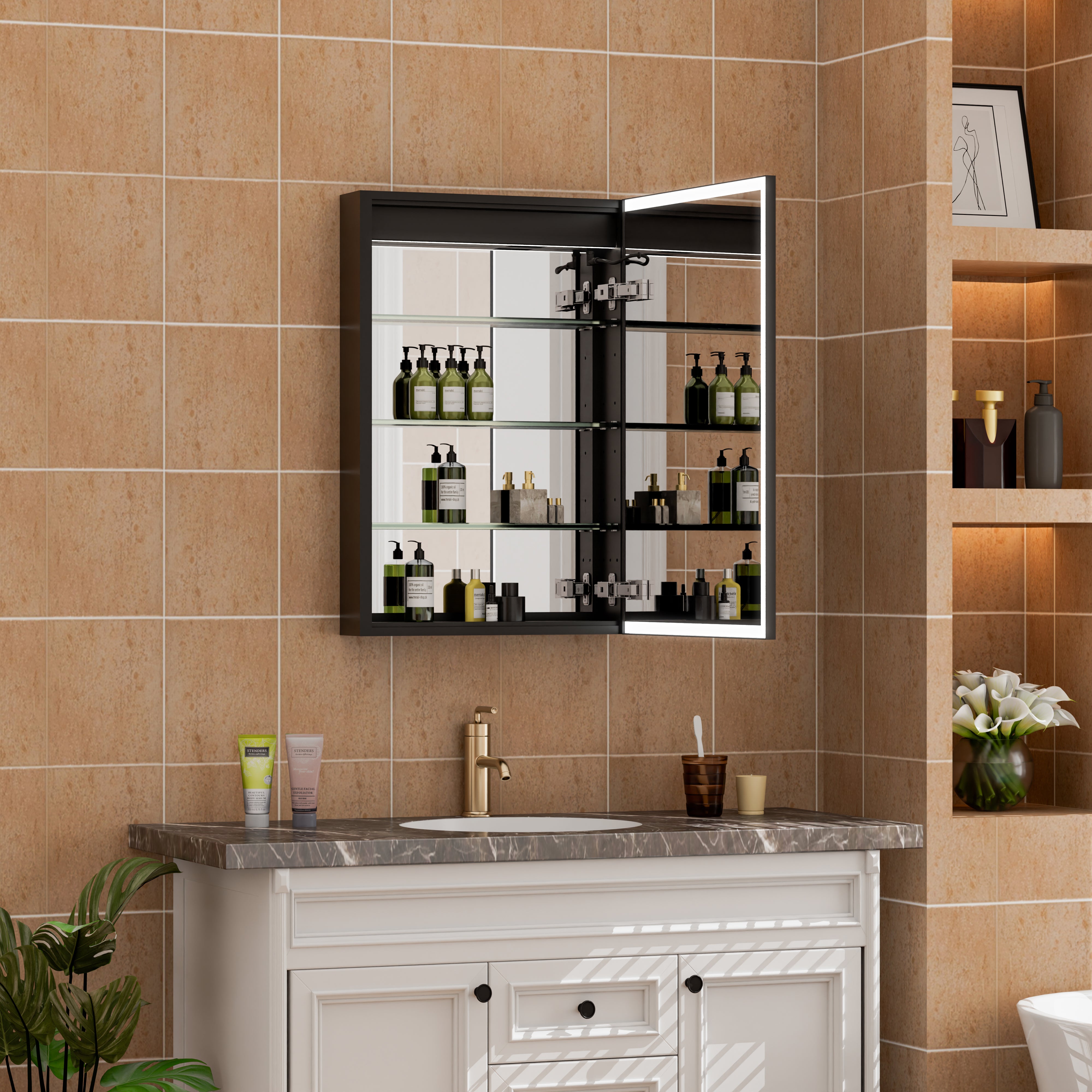
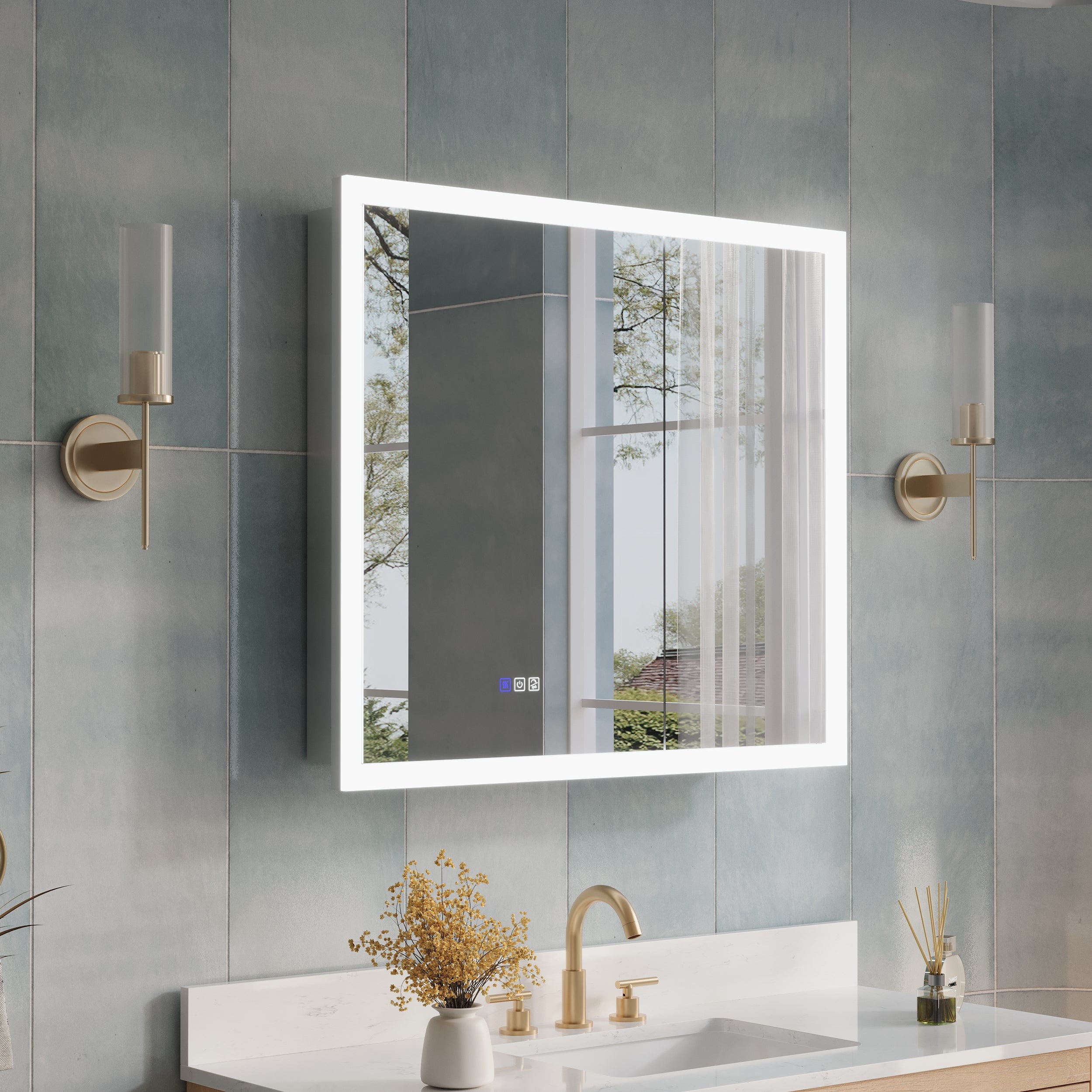

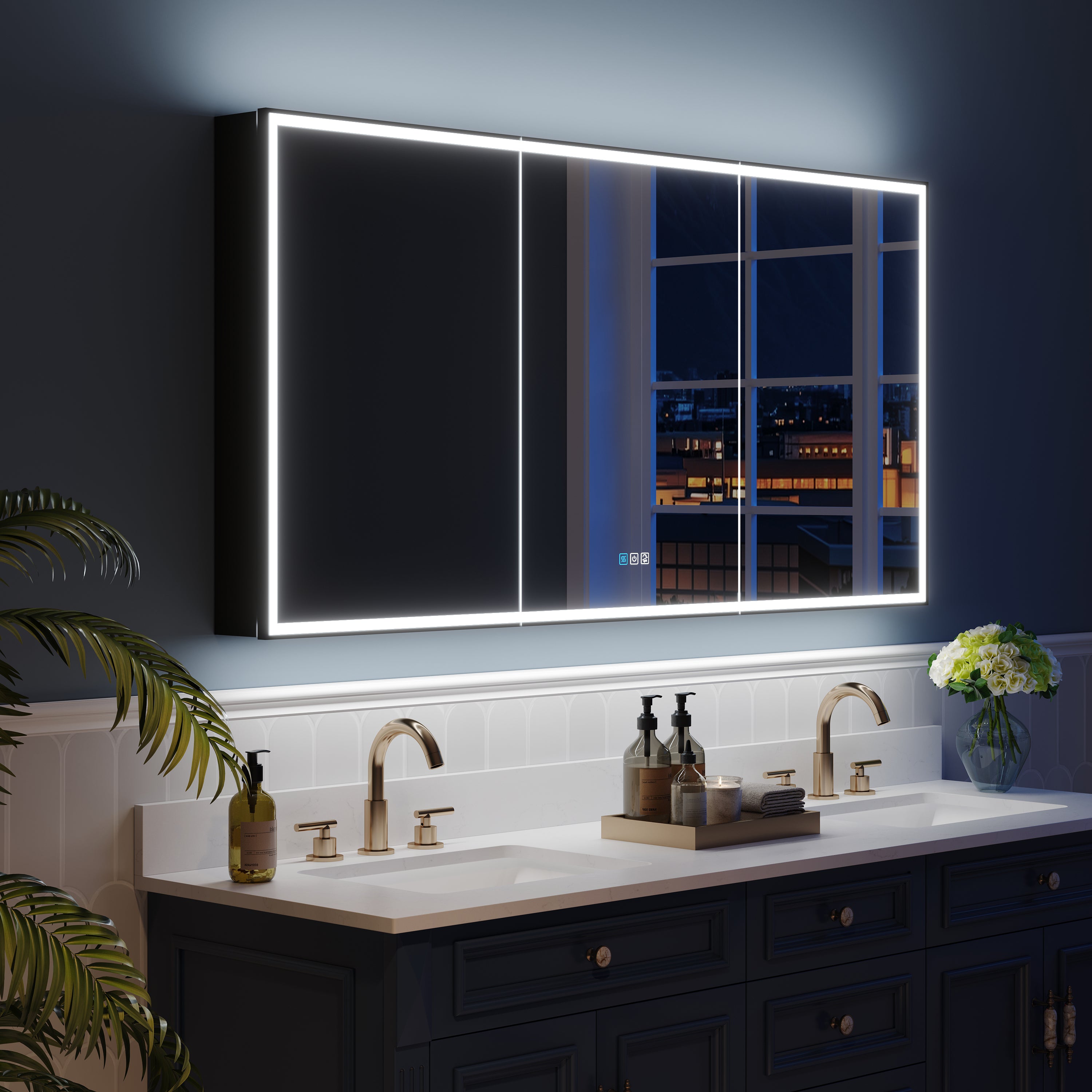
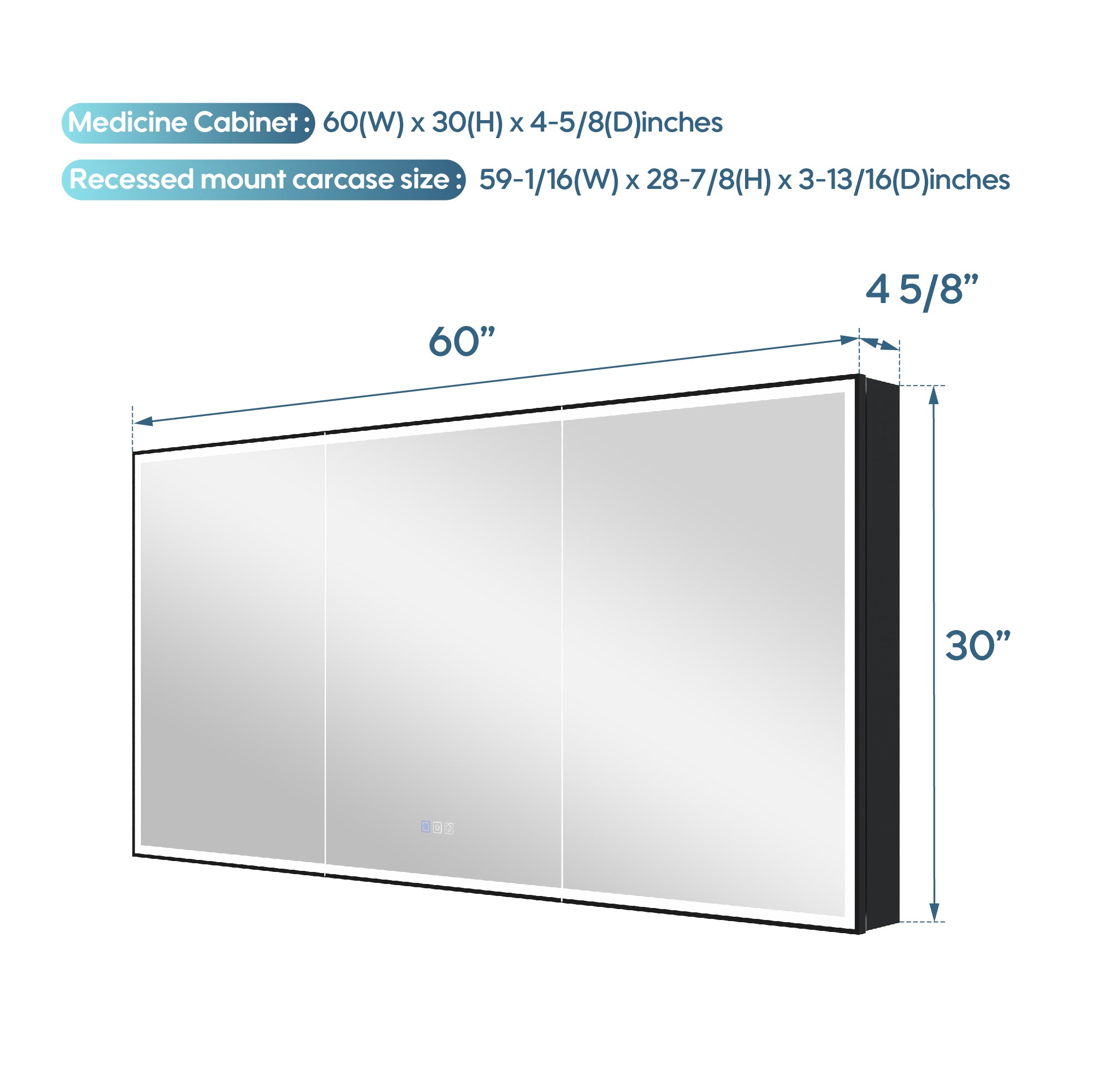
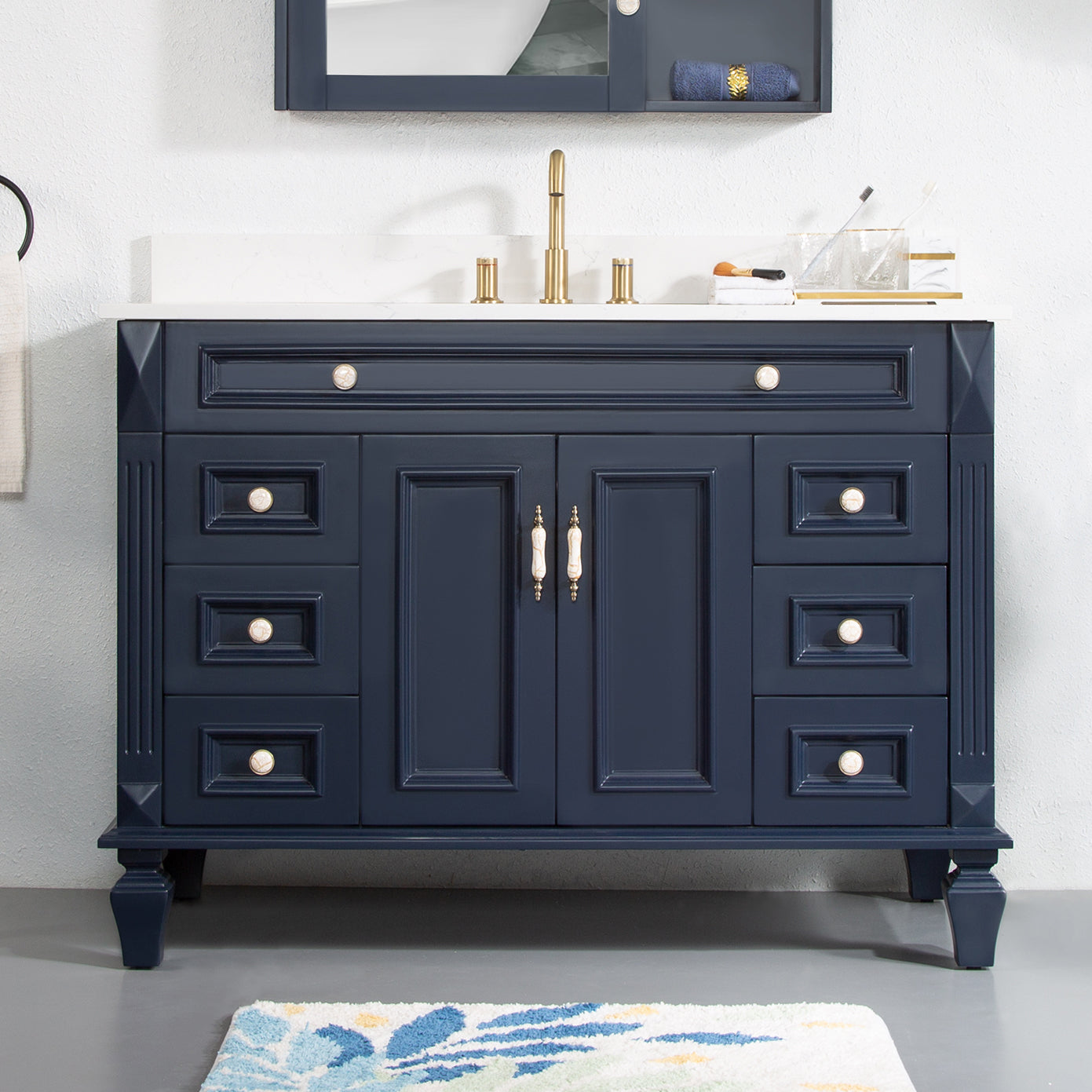
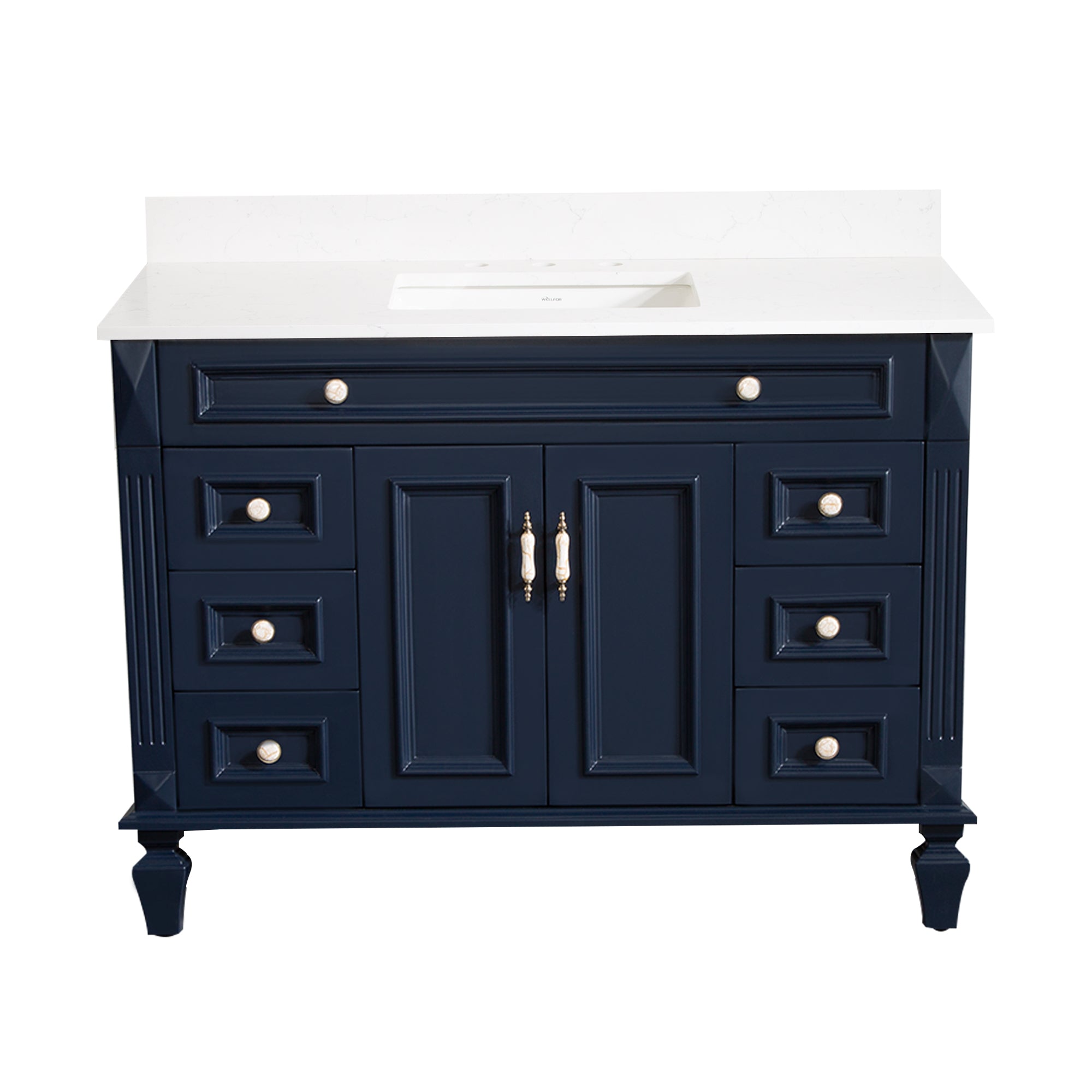


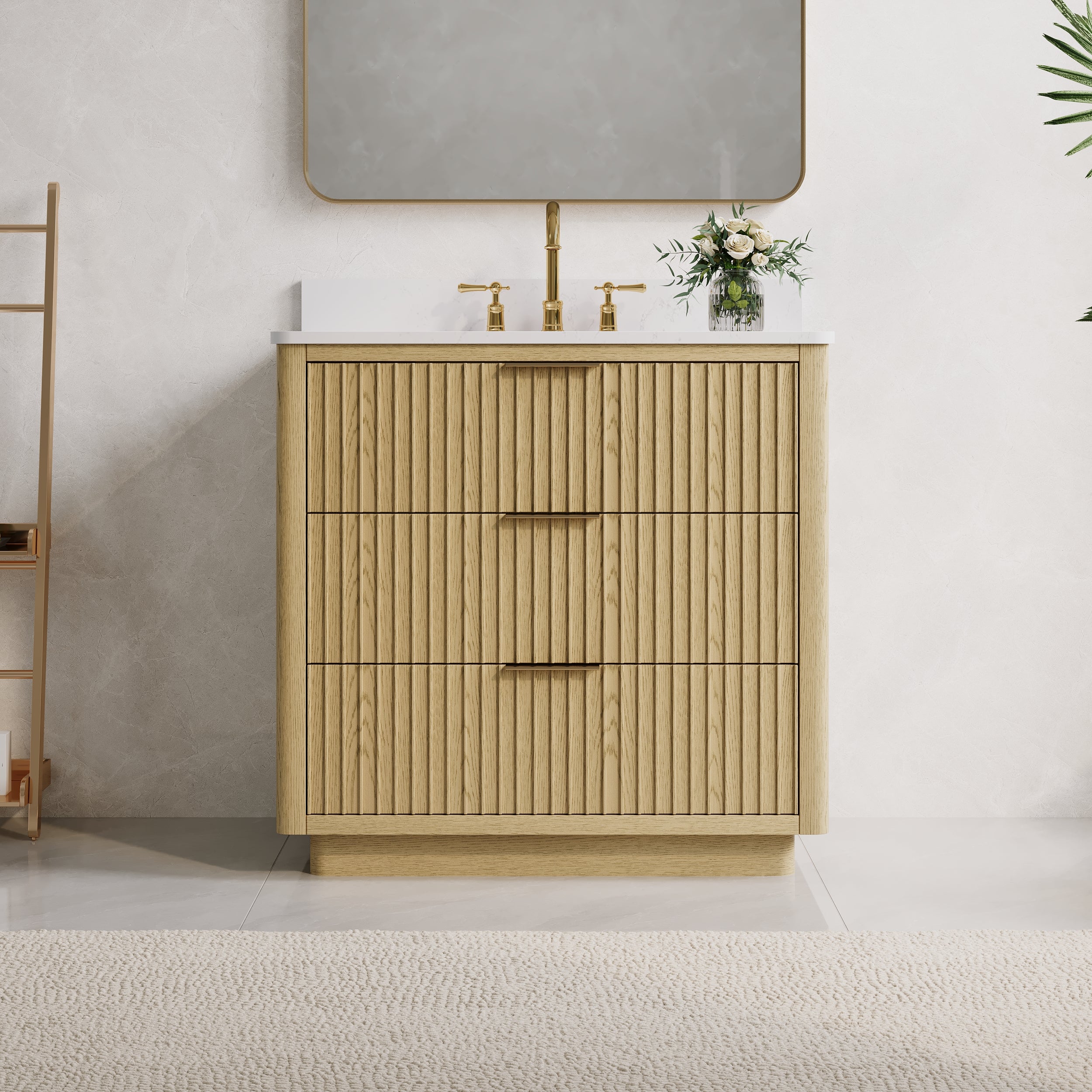
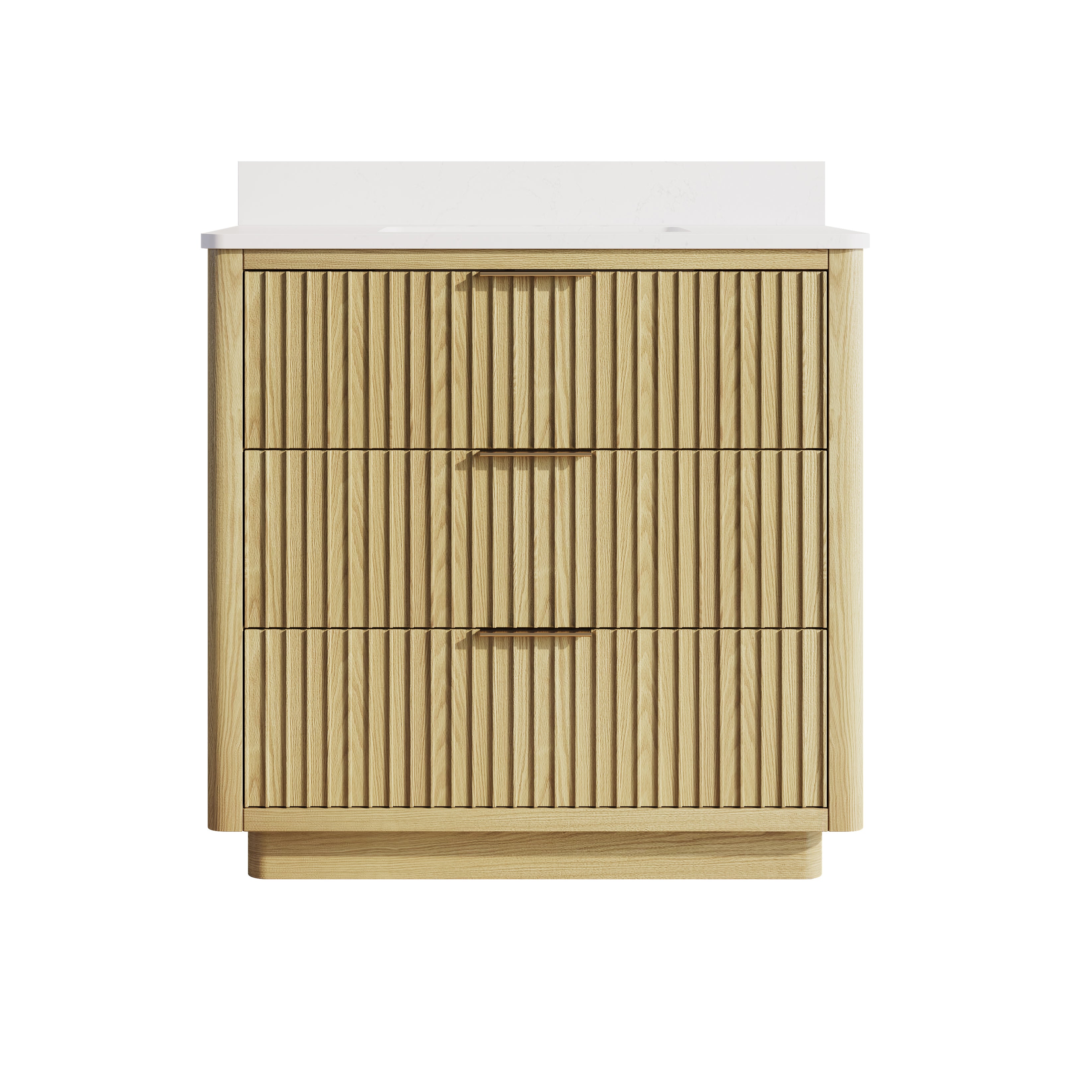
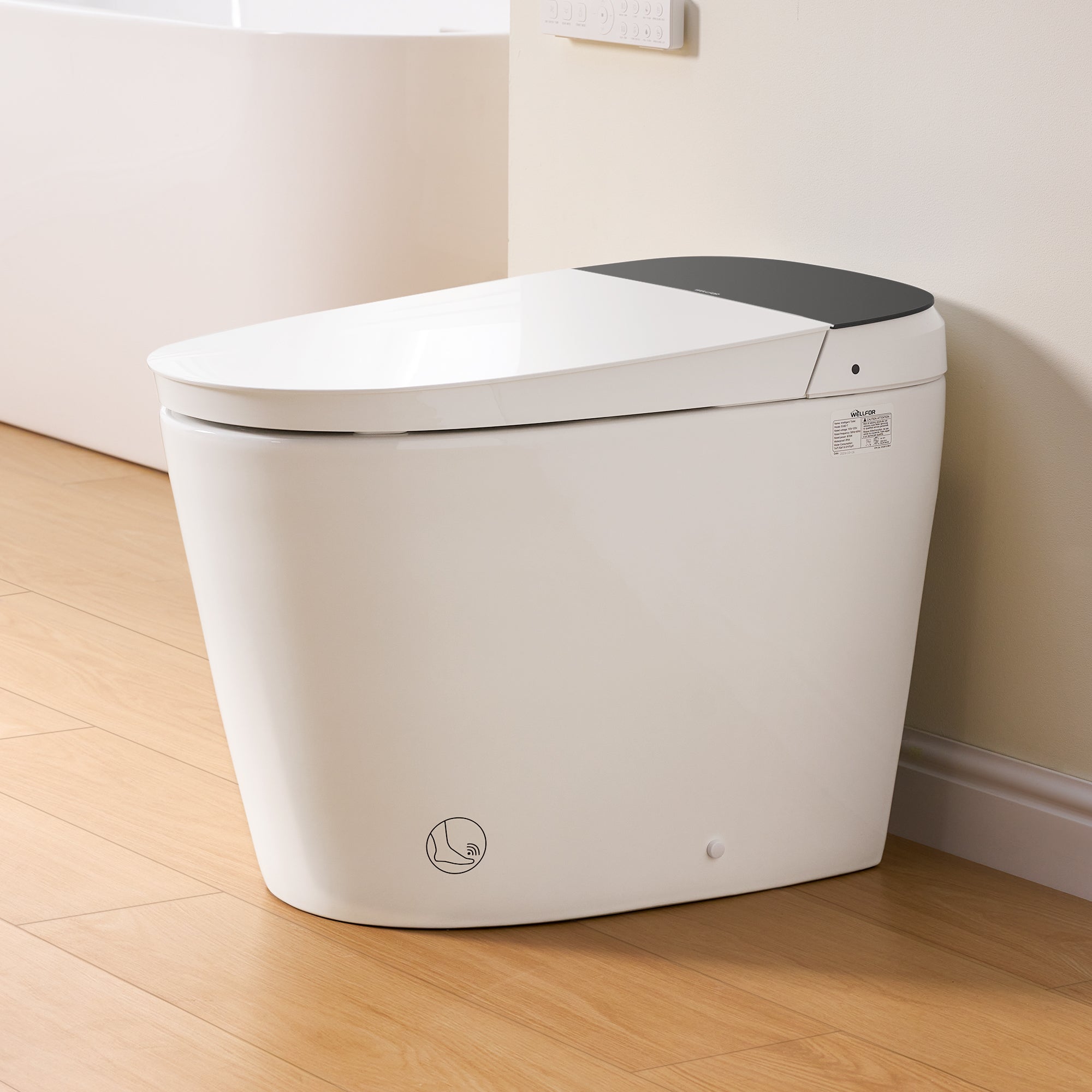

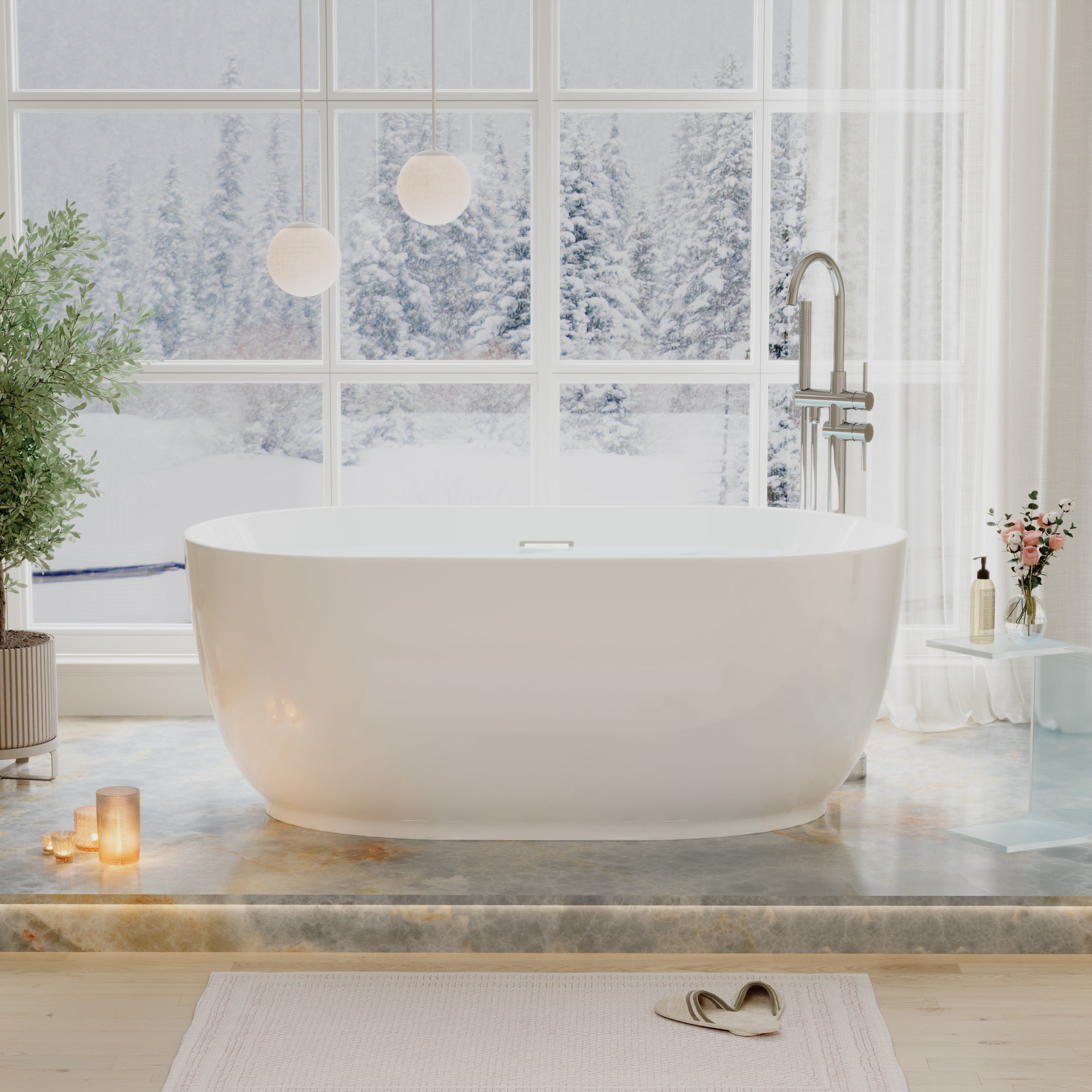
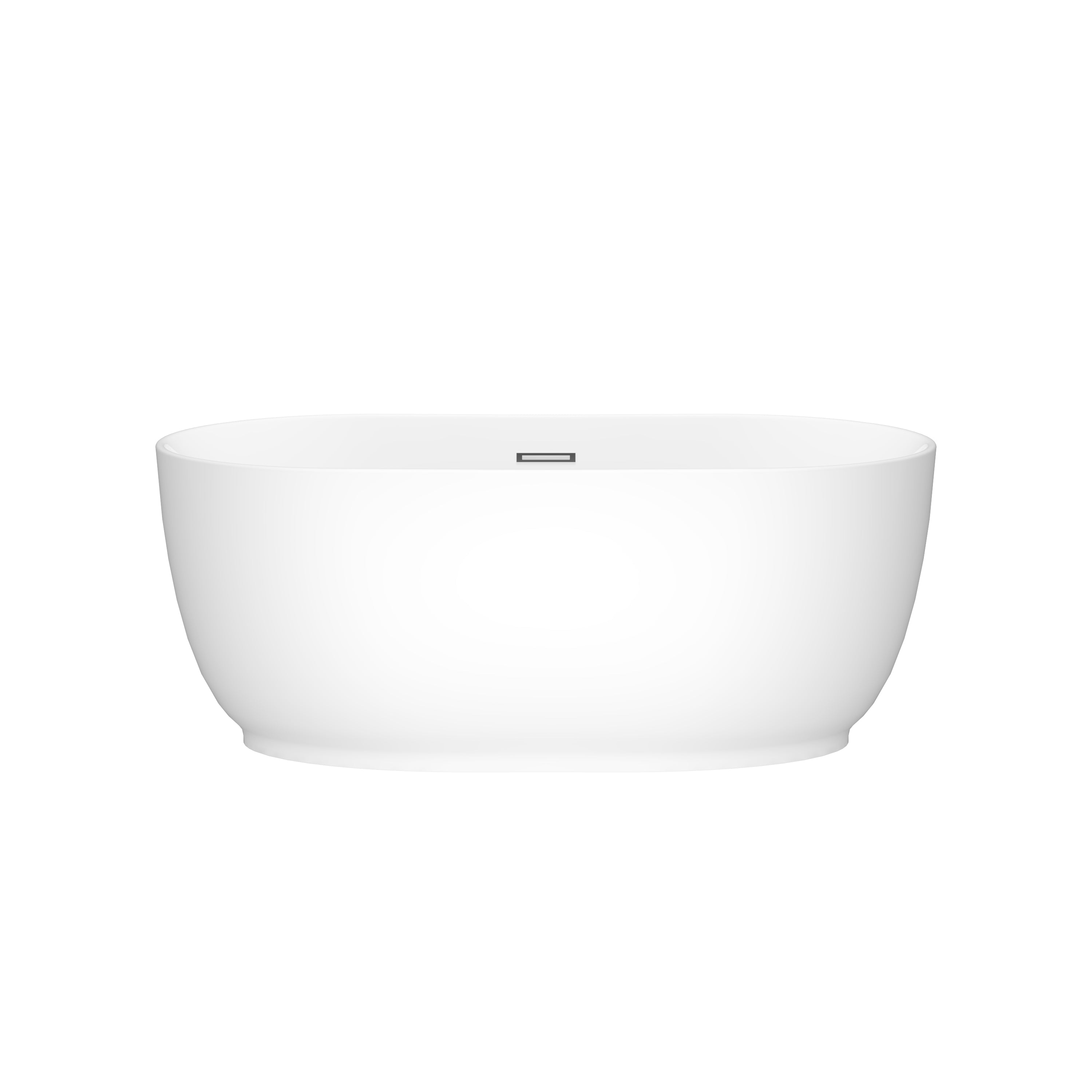
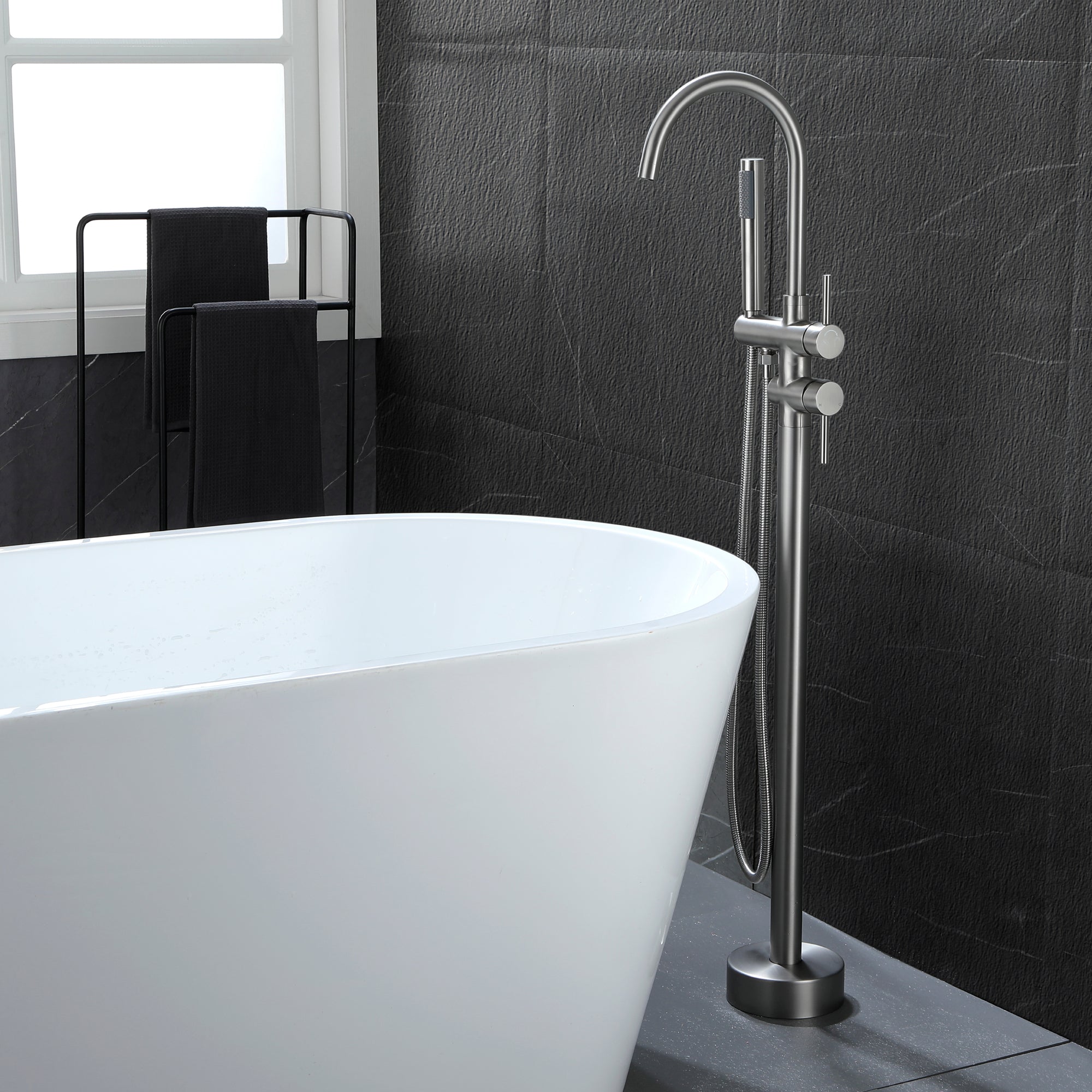

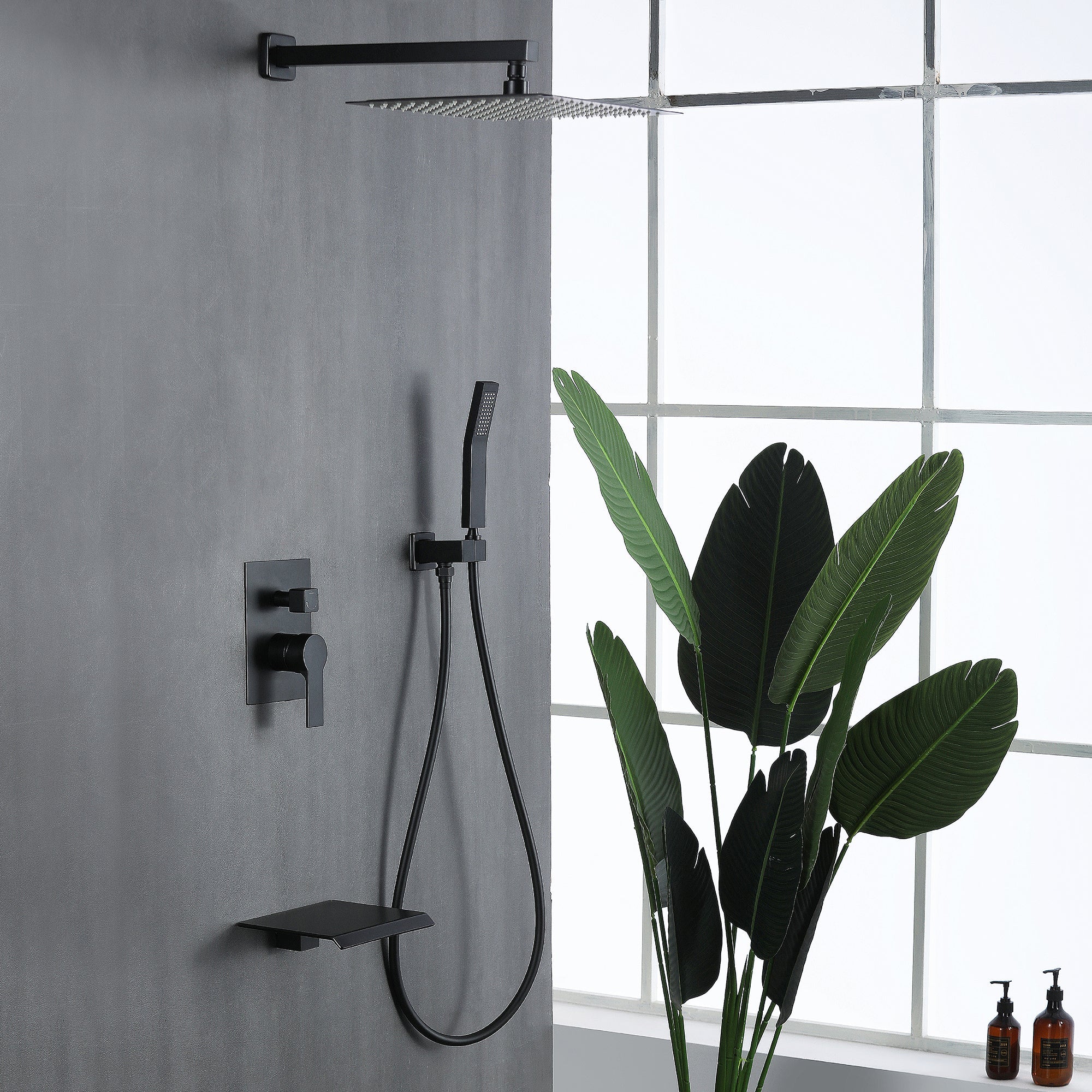
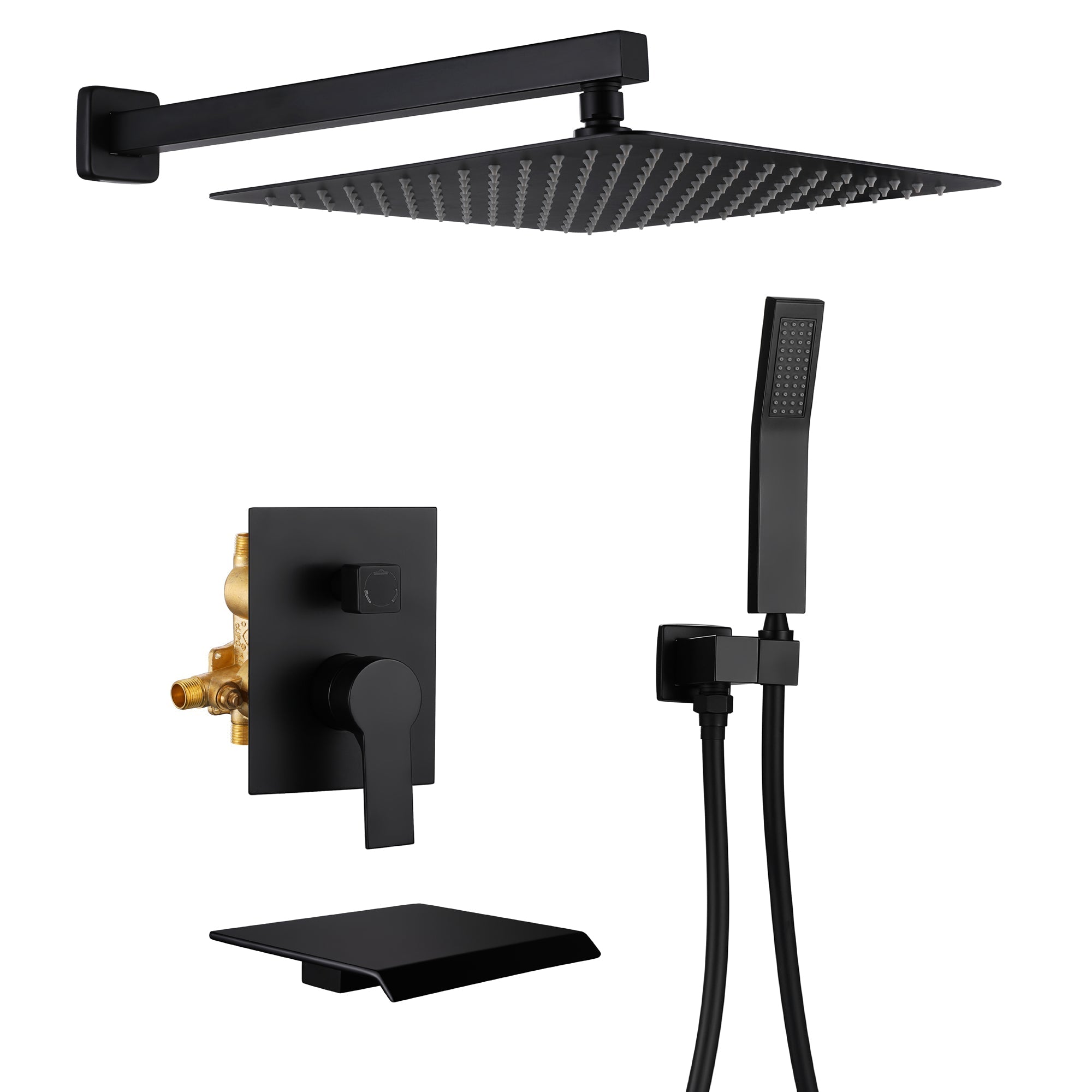
Leave a comment
This site is protected by hCaptcha and the hCaptcha Privacy Policy and Terms of Service apply.